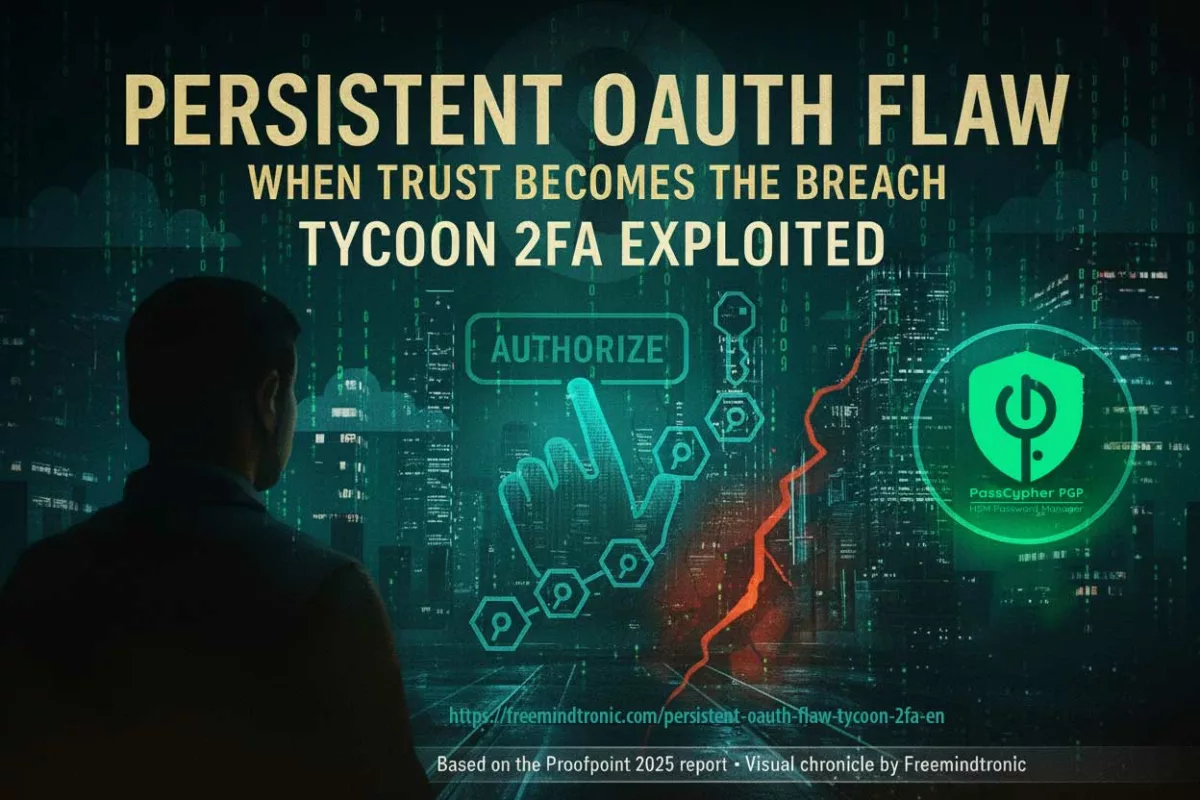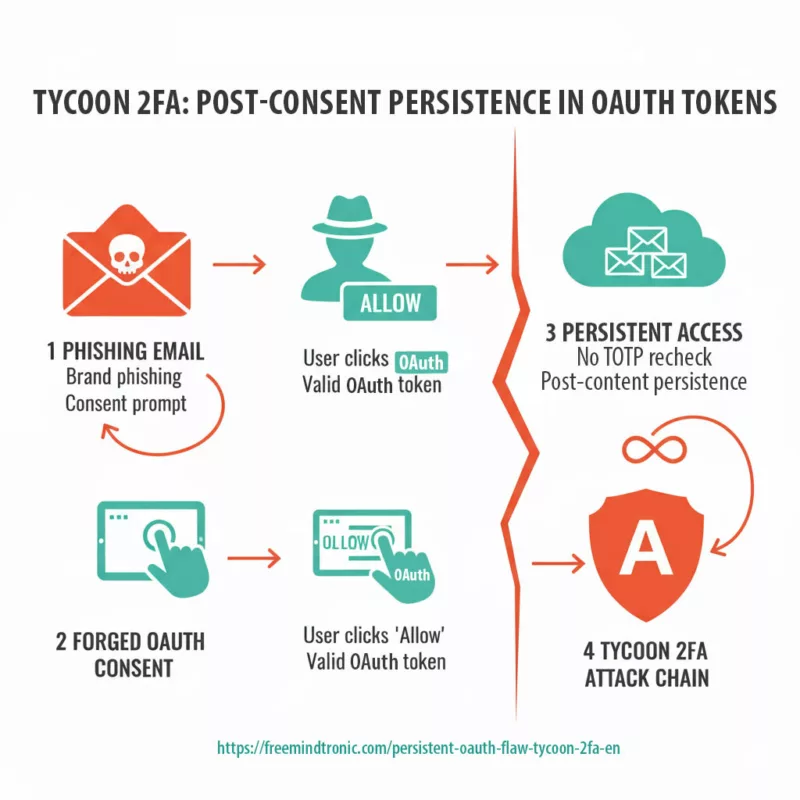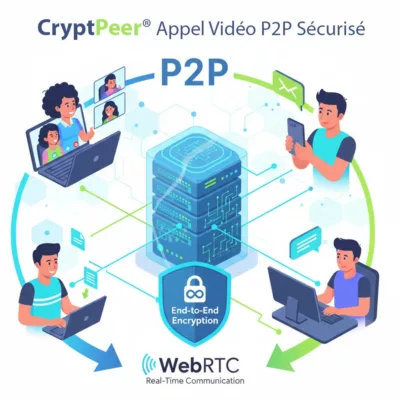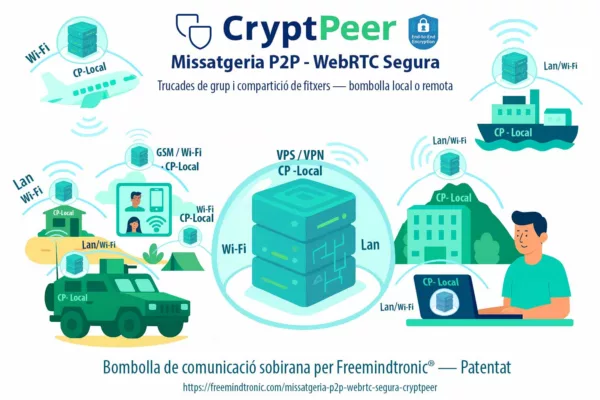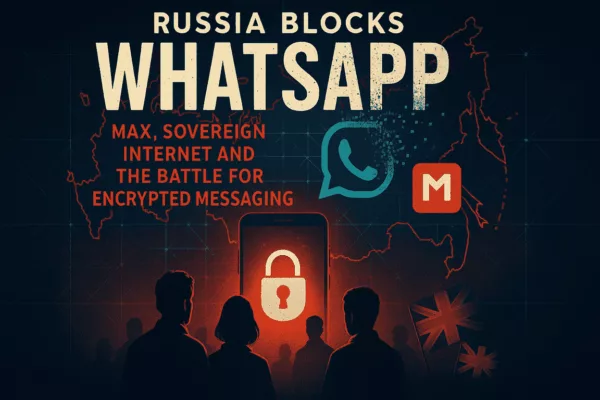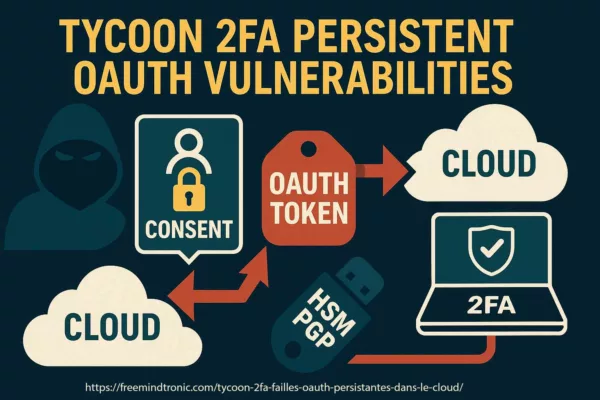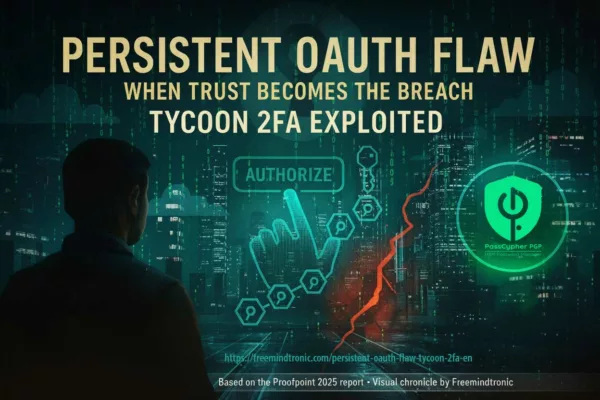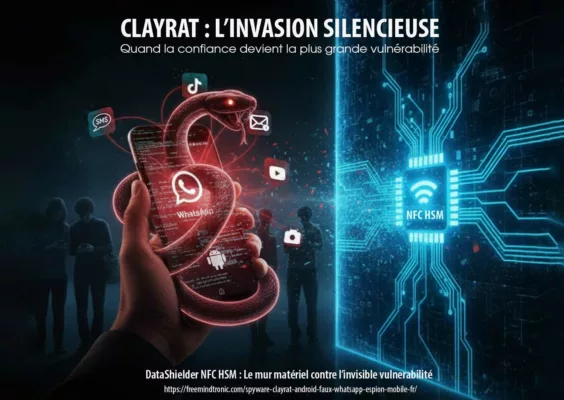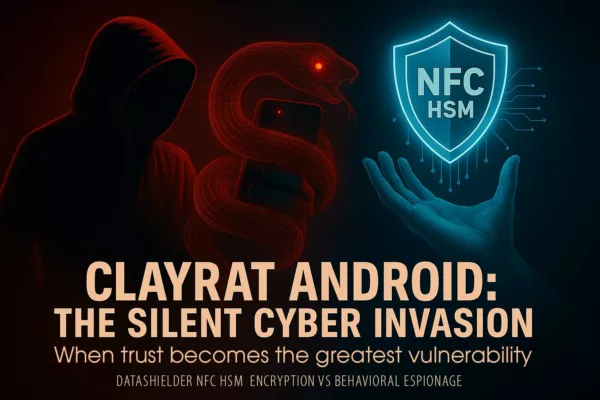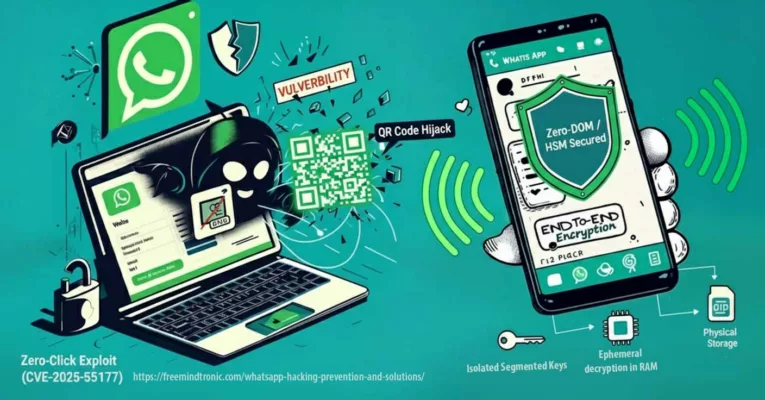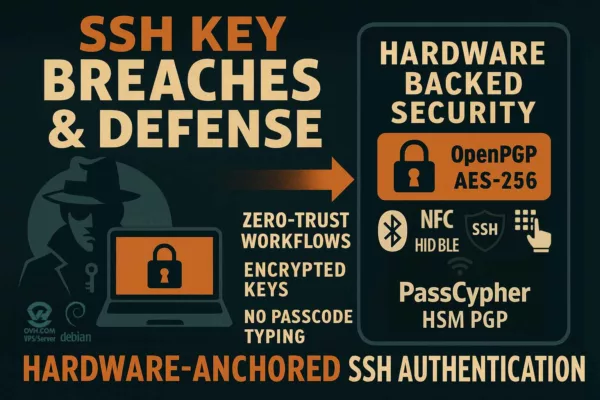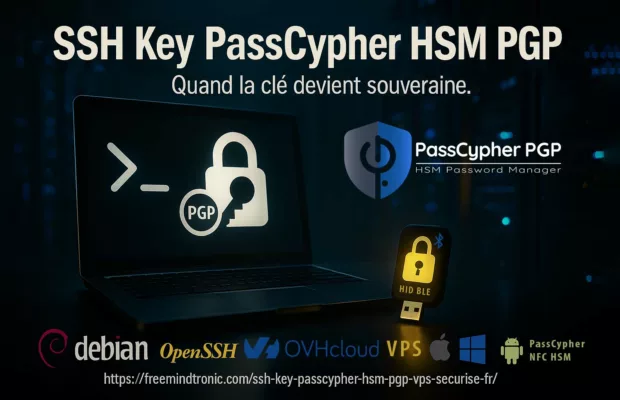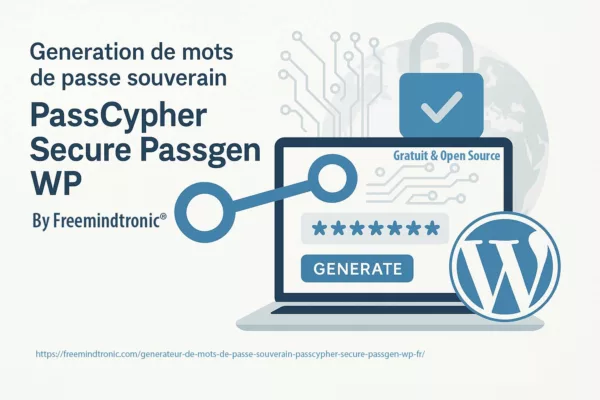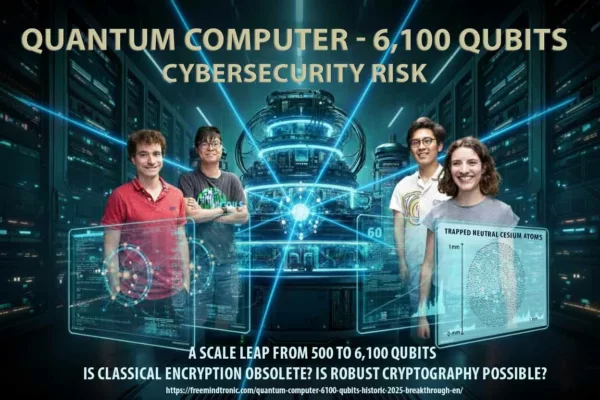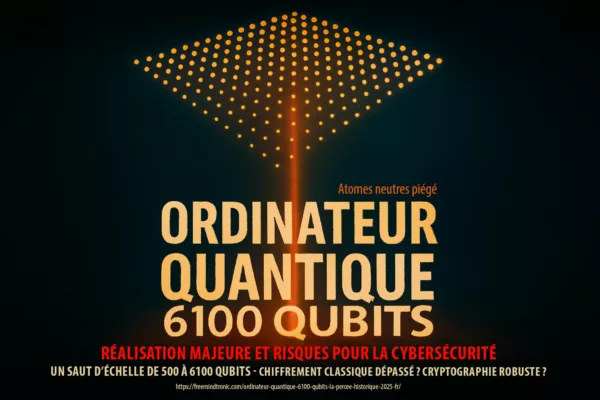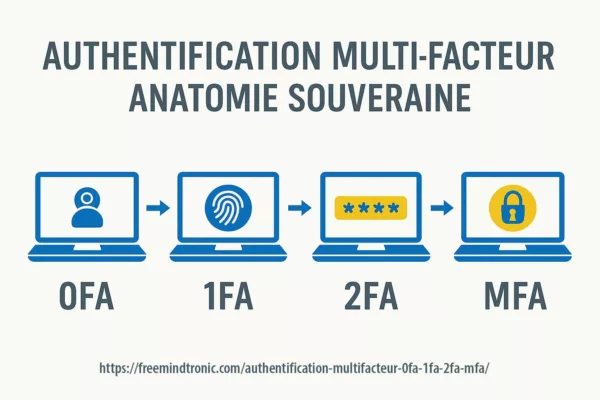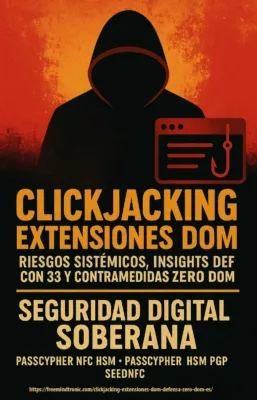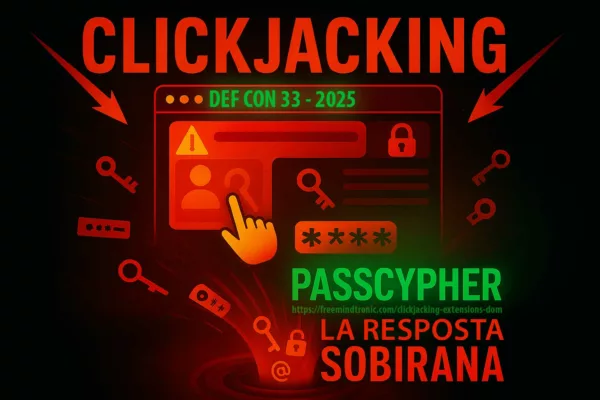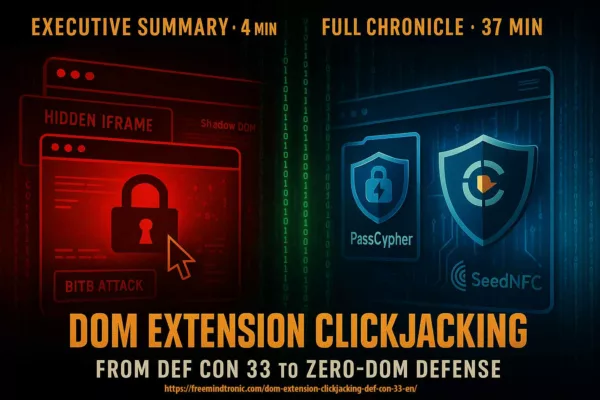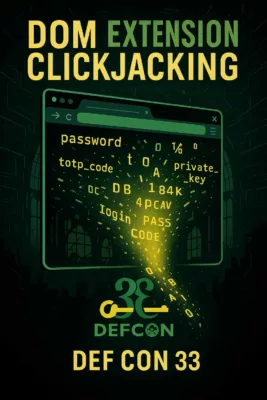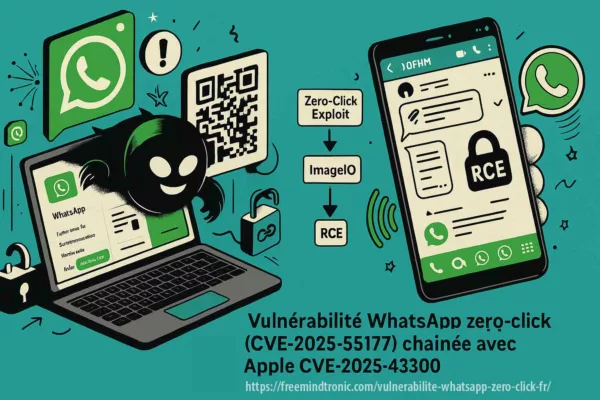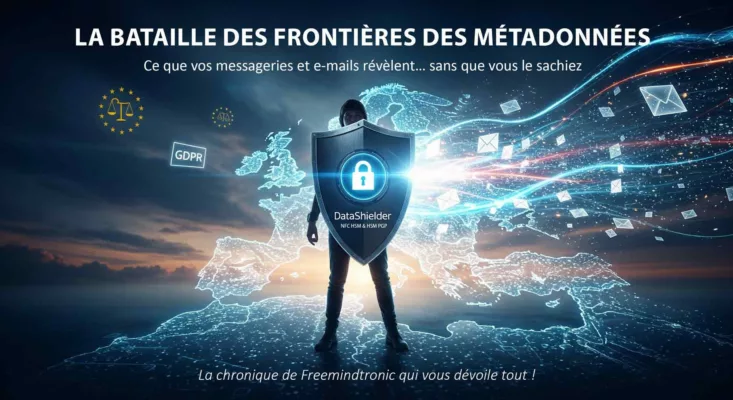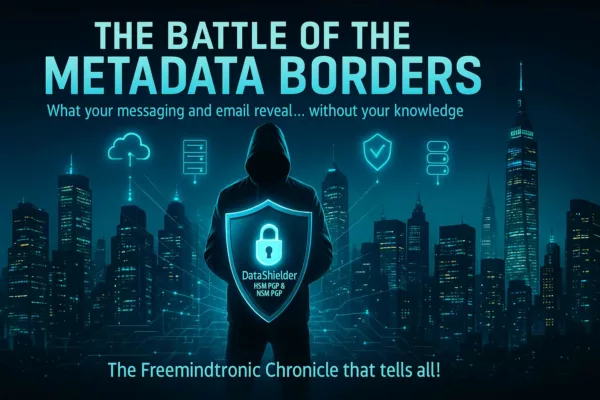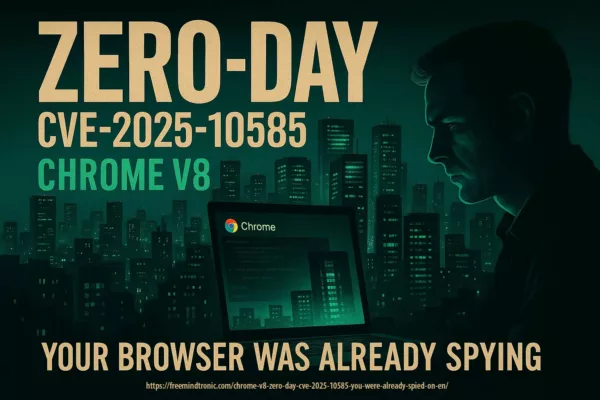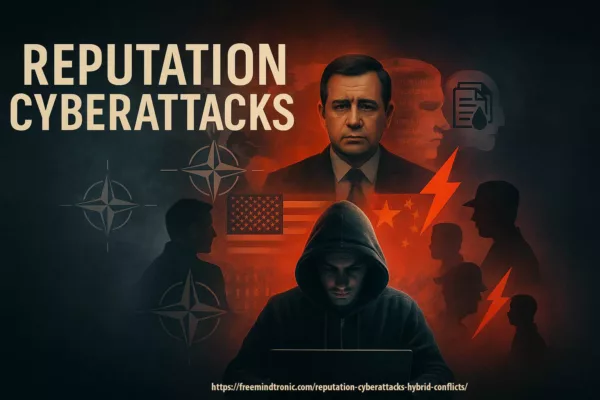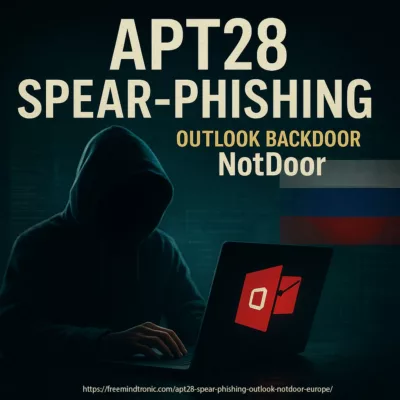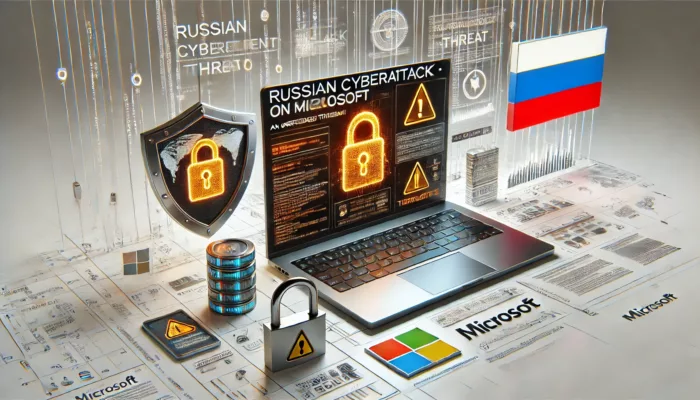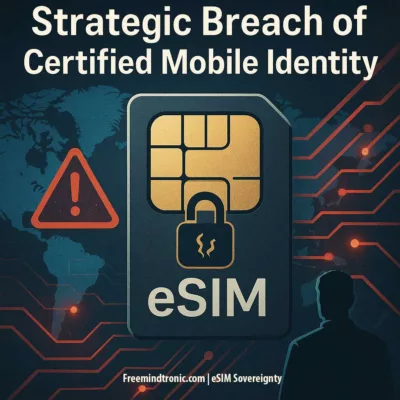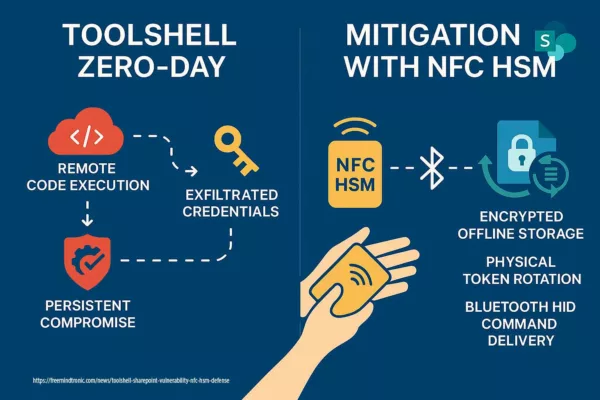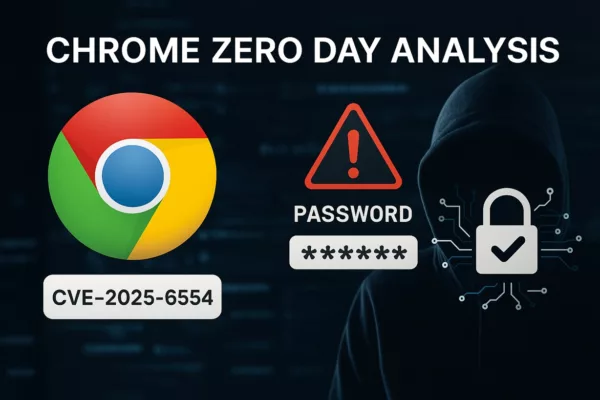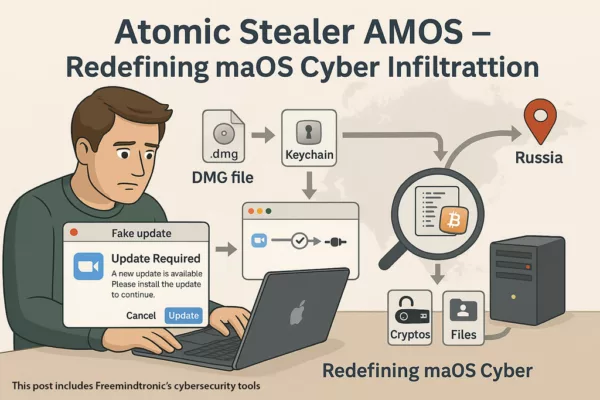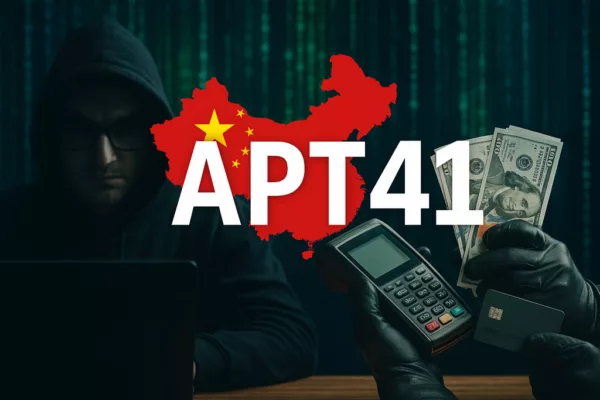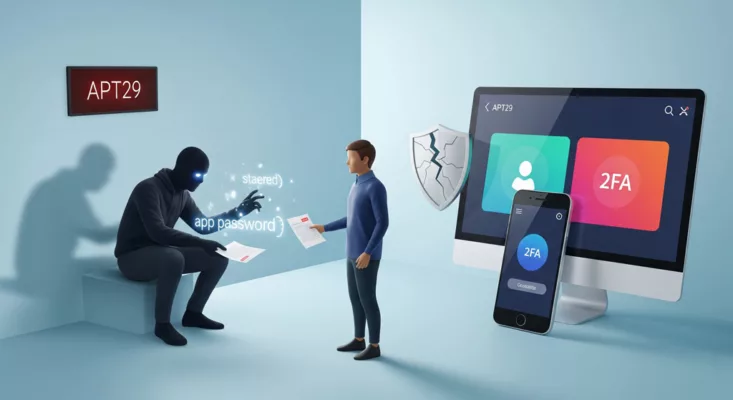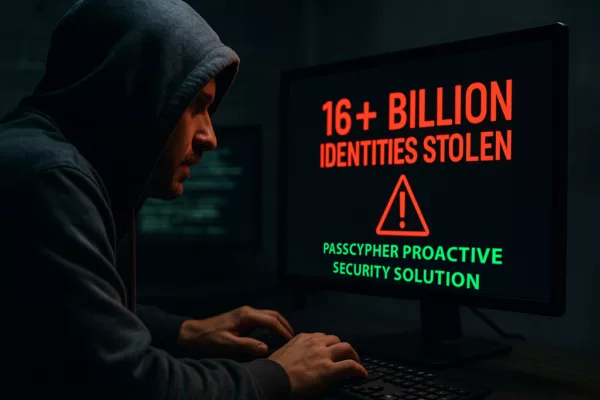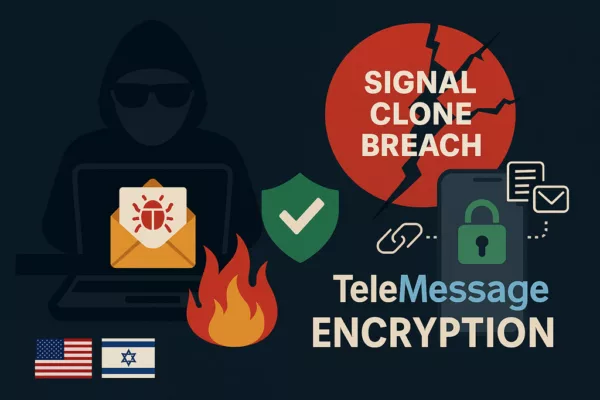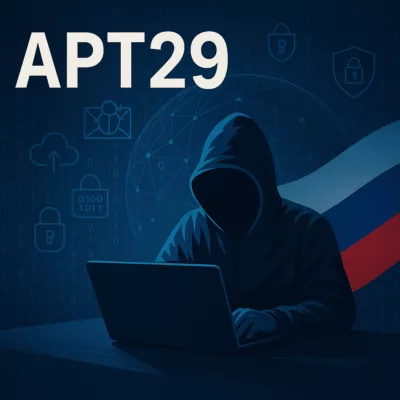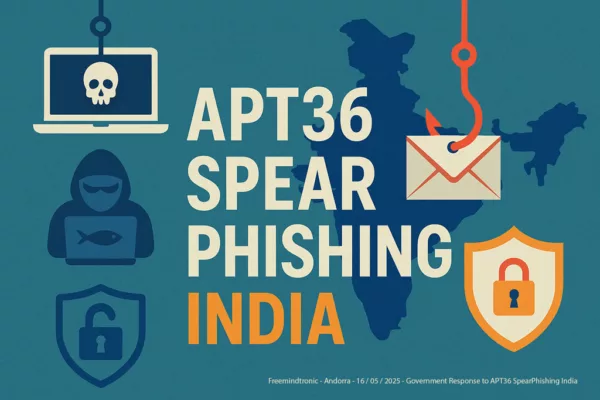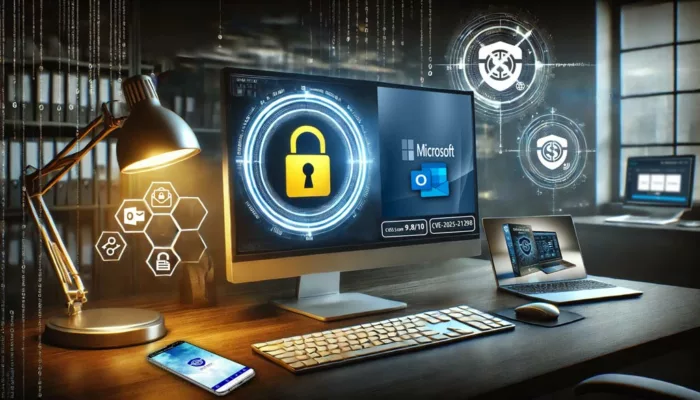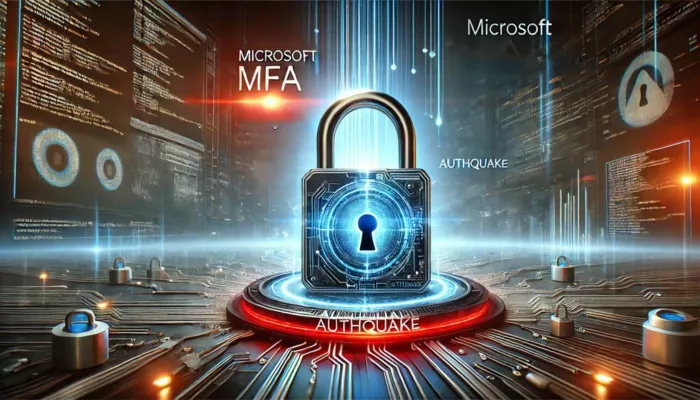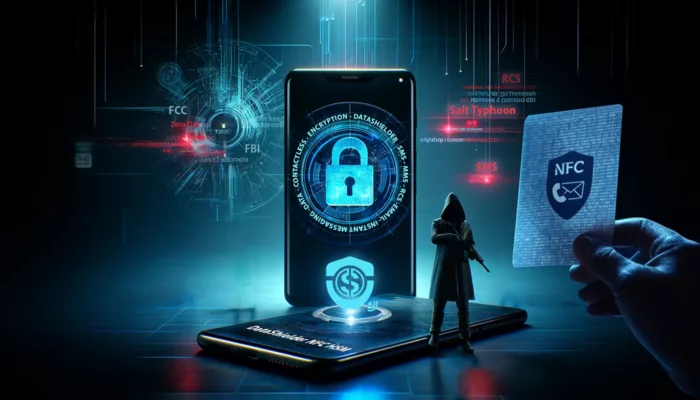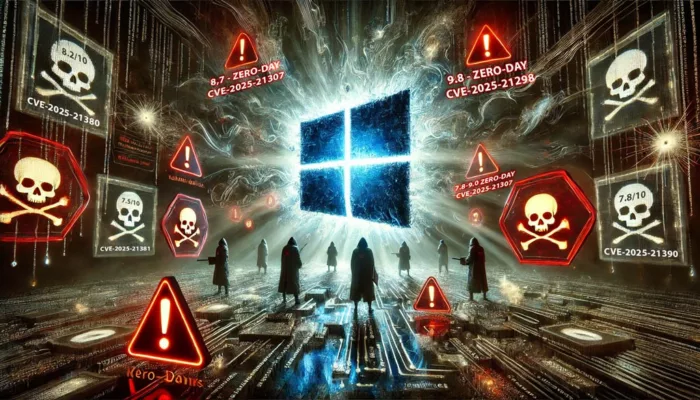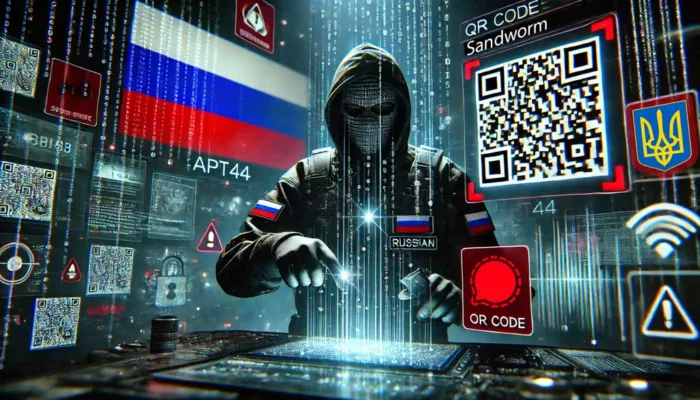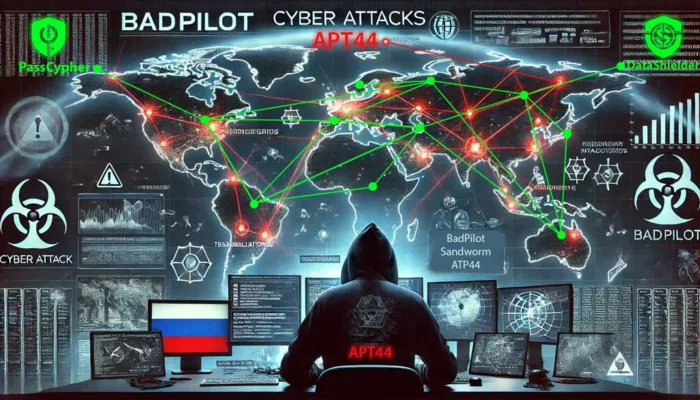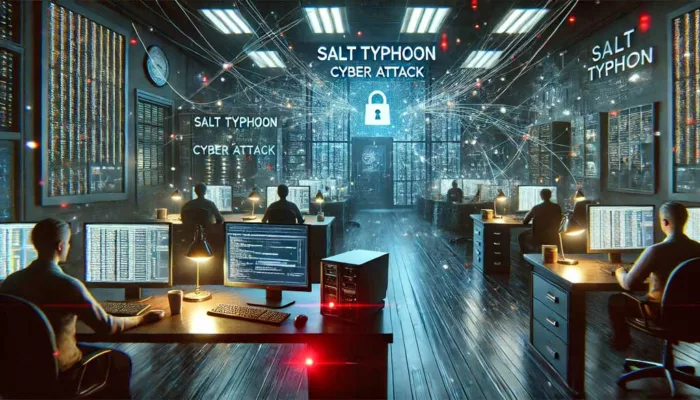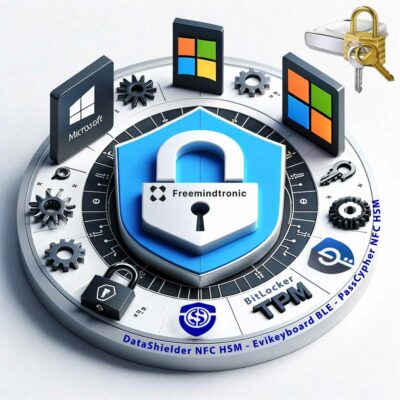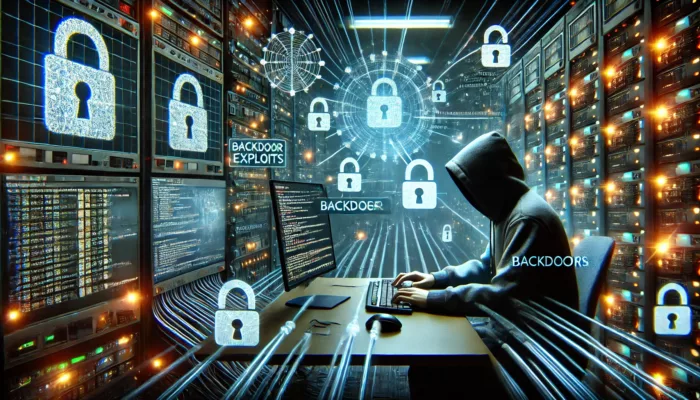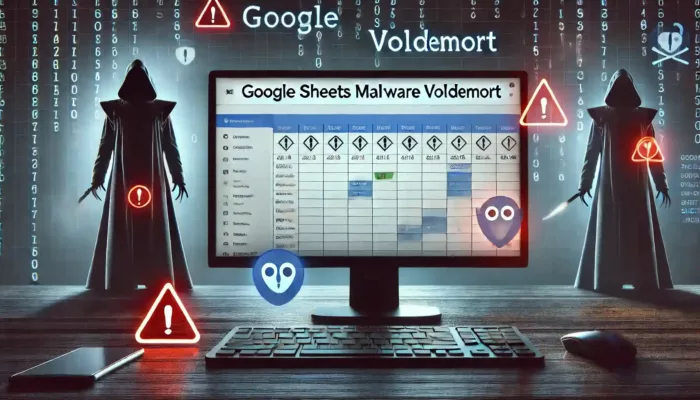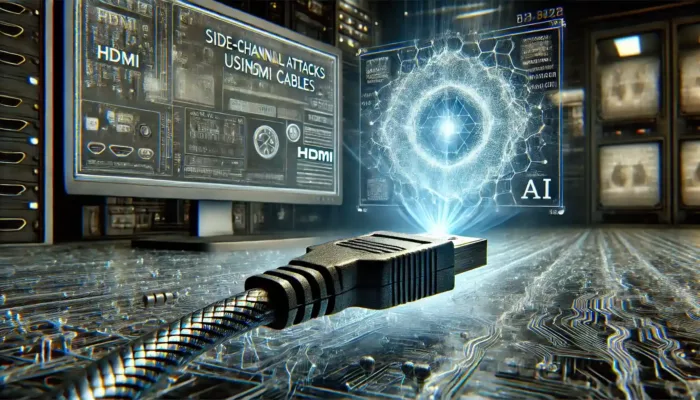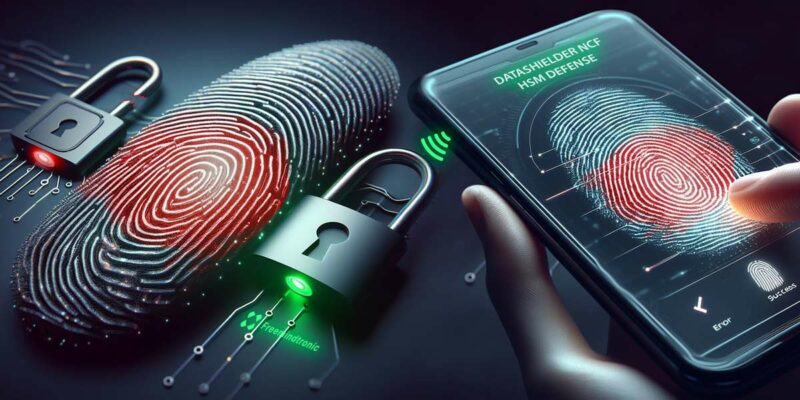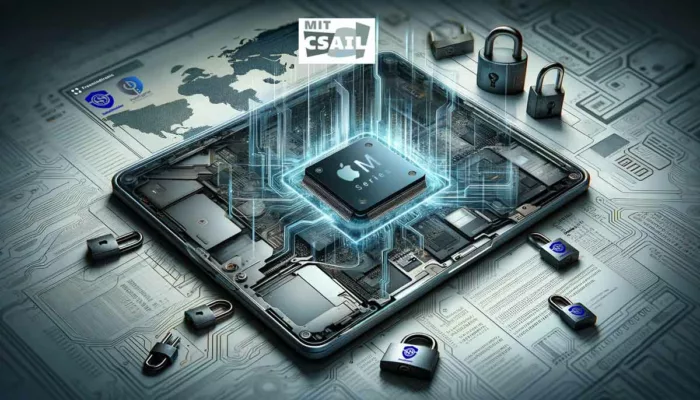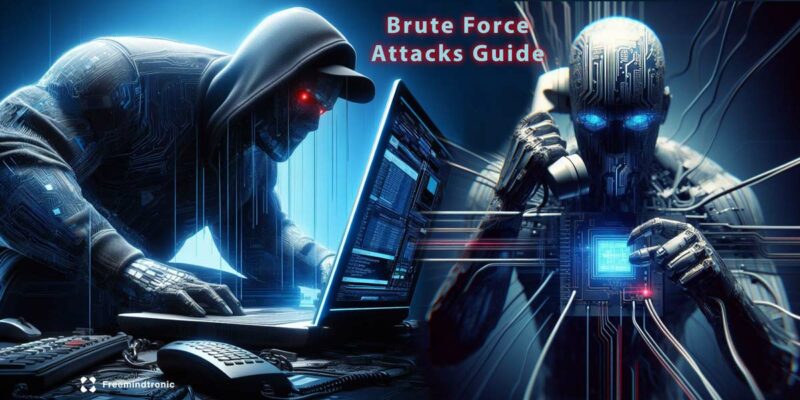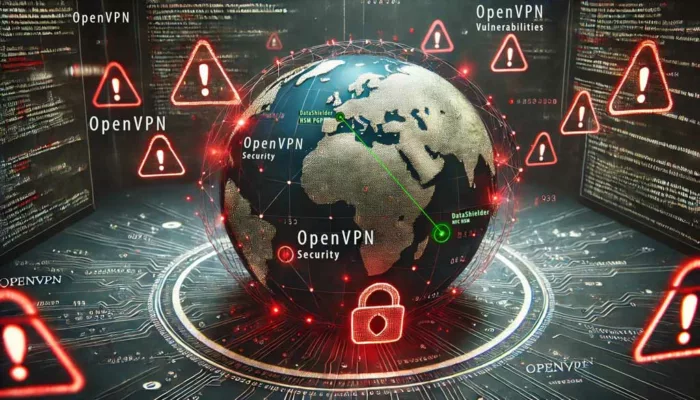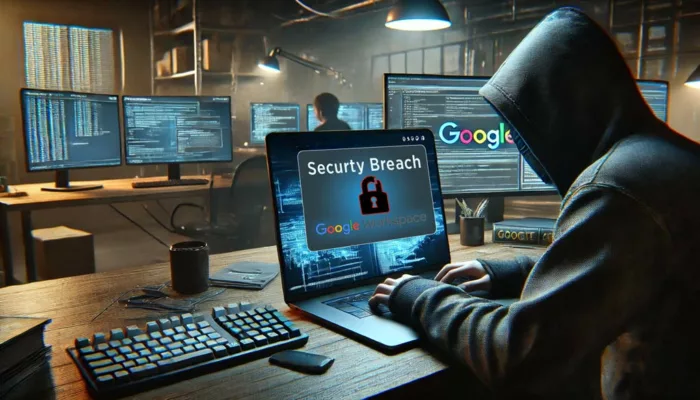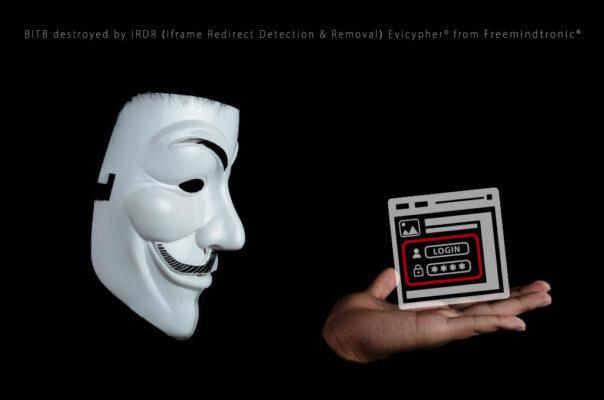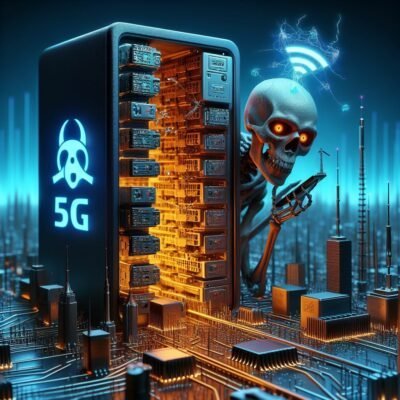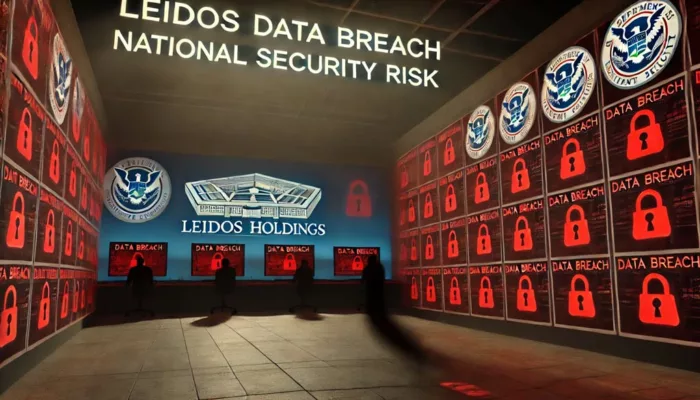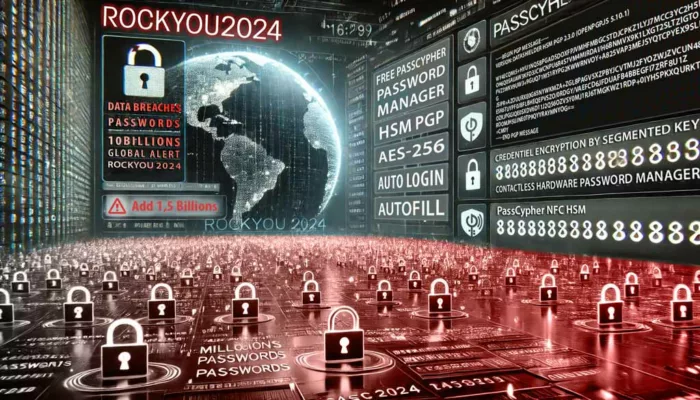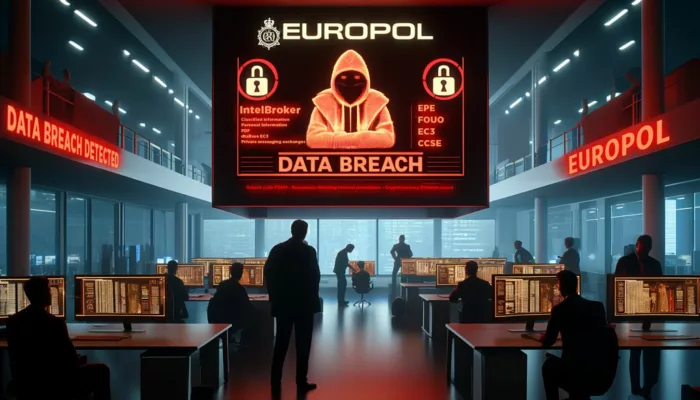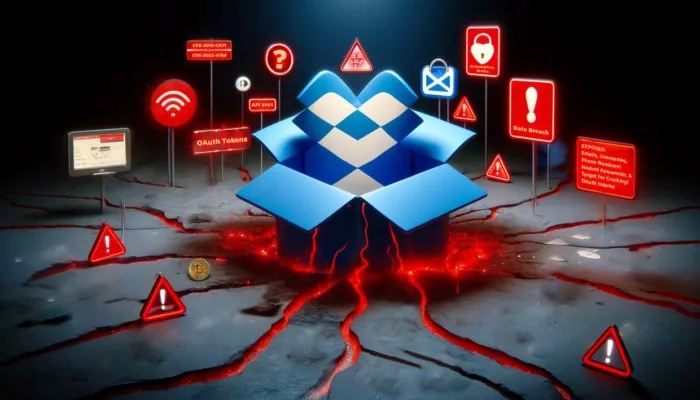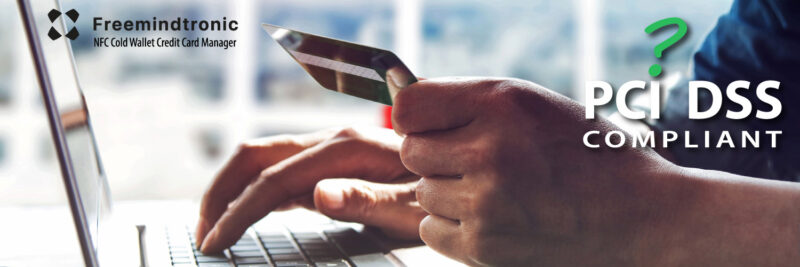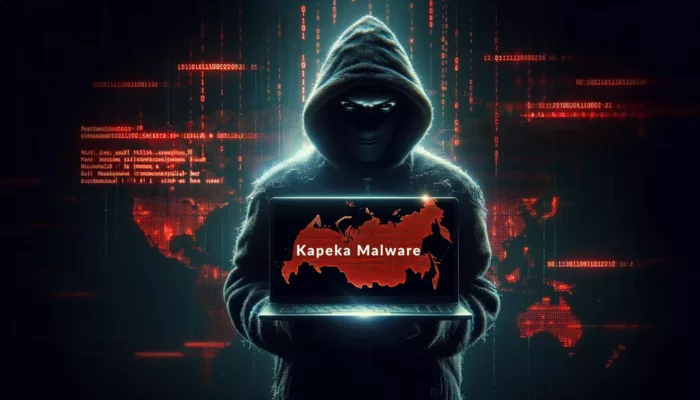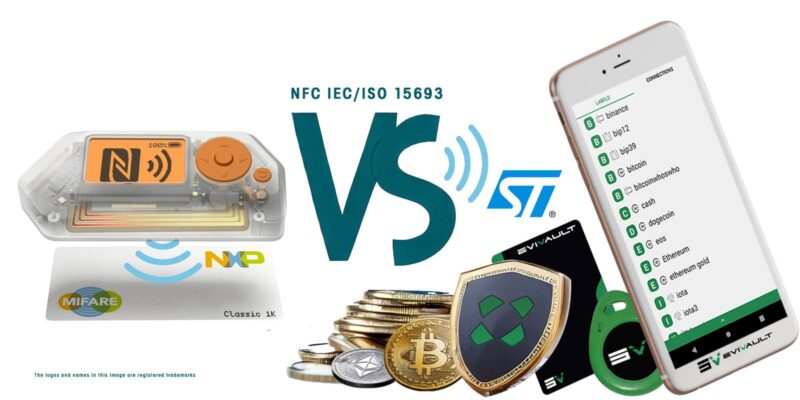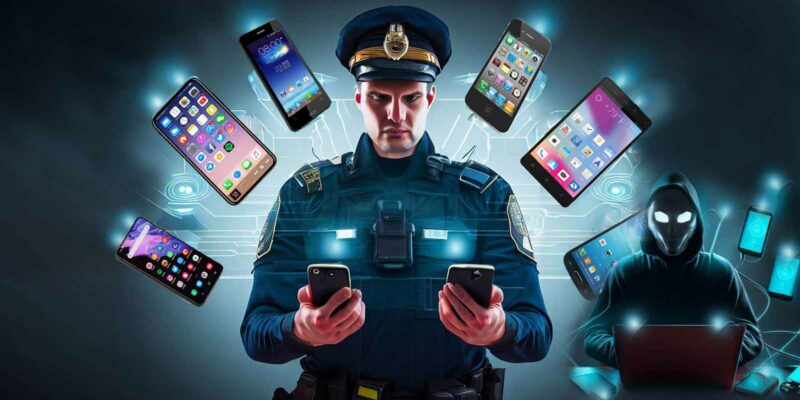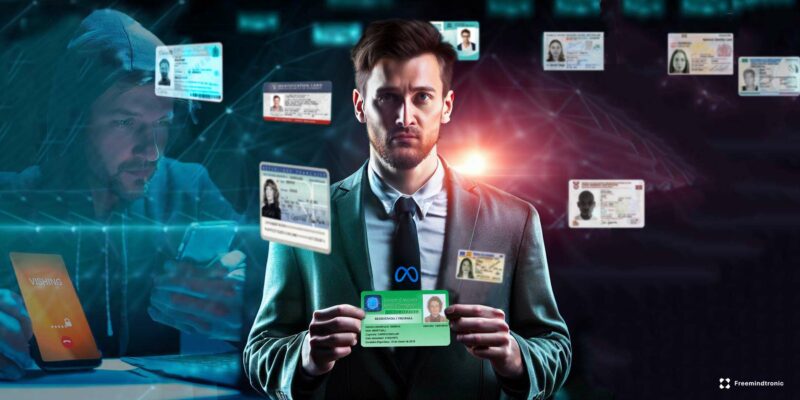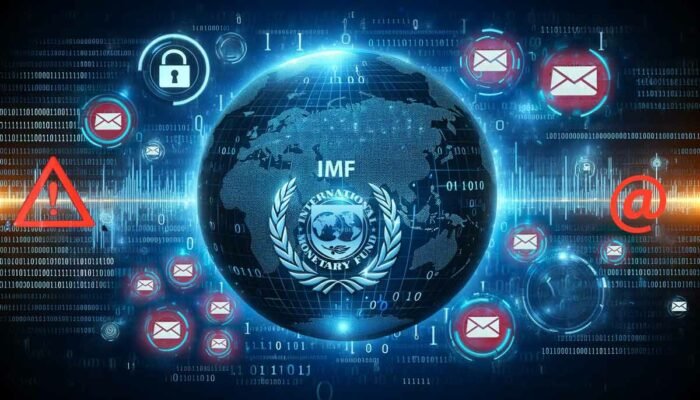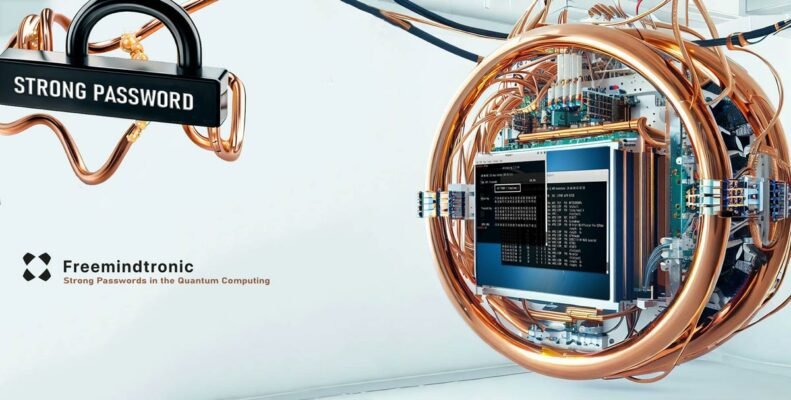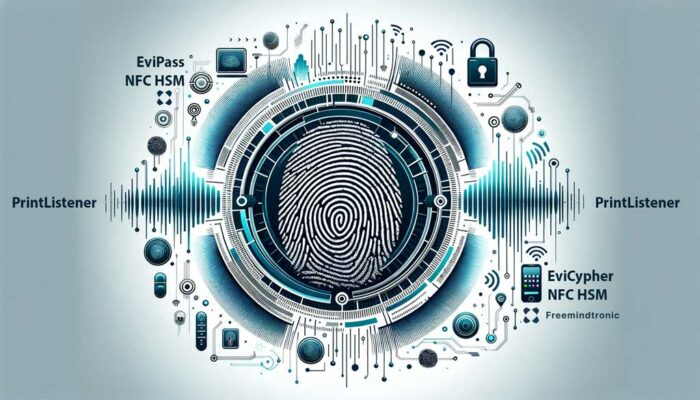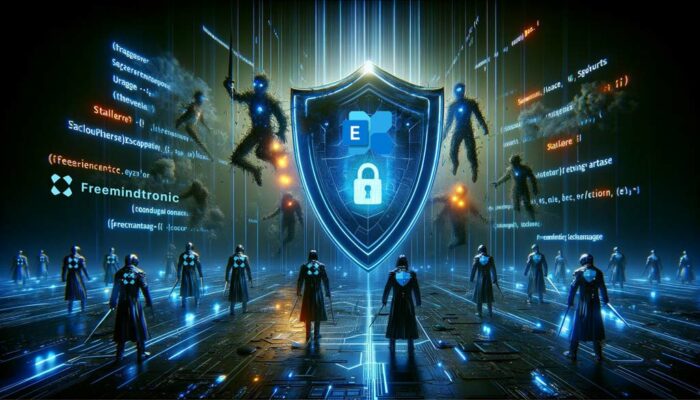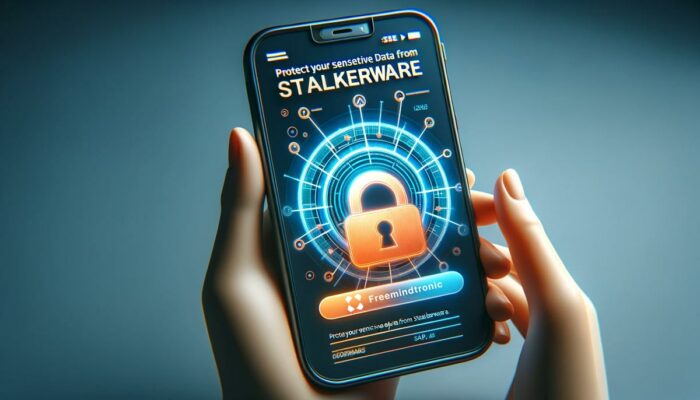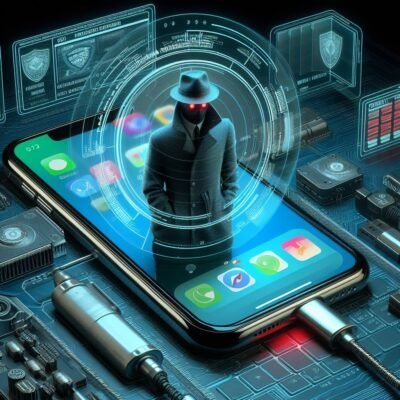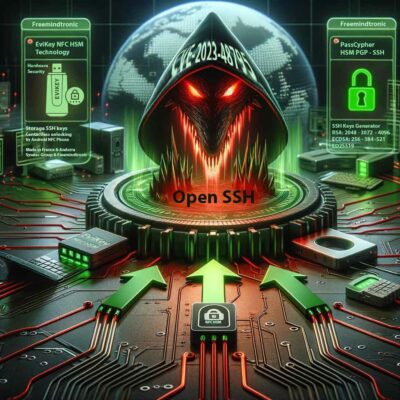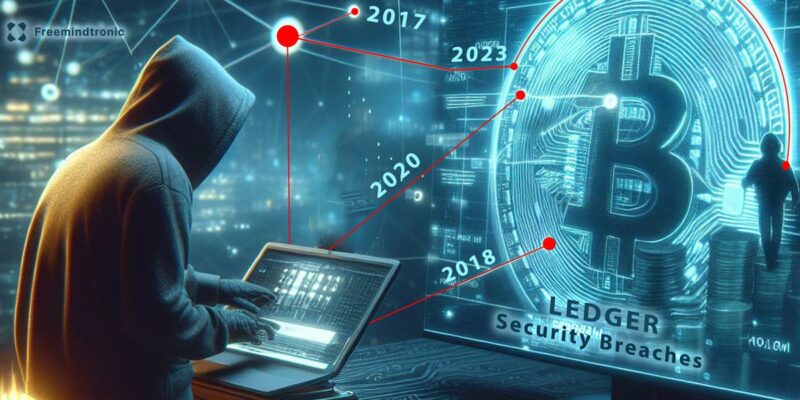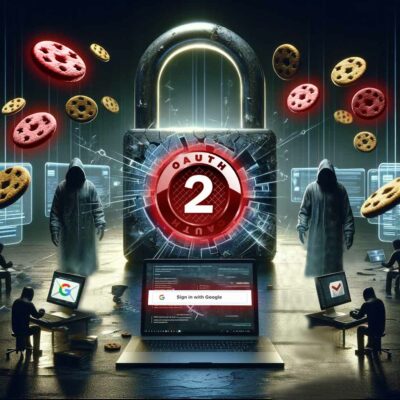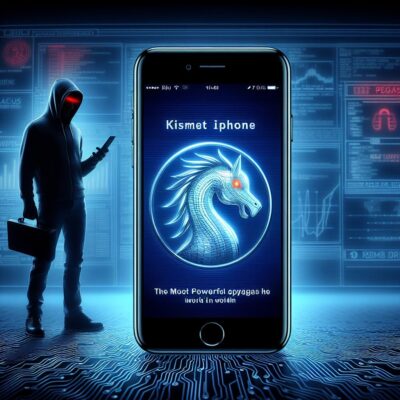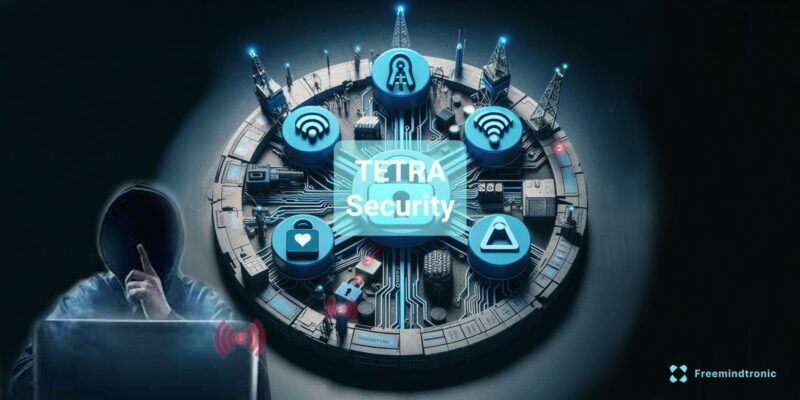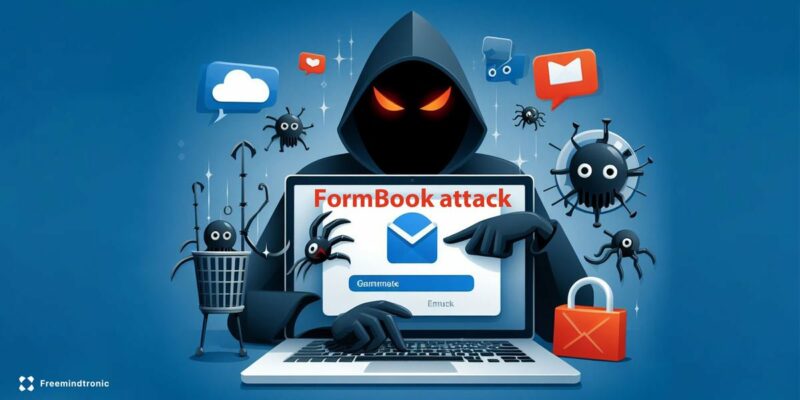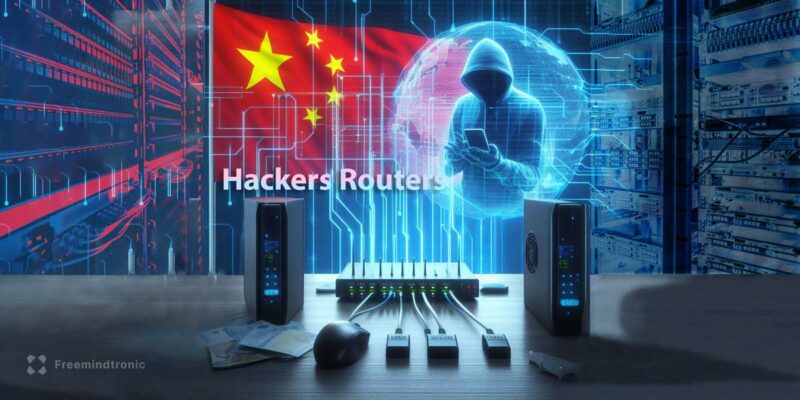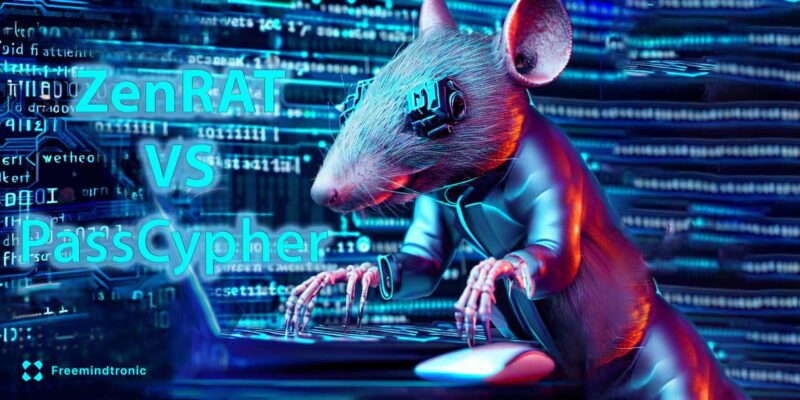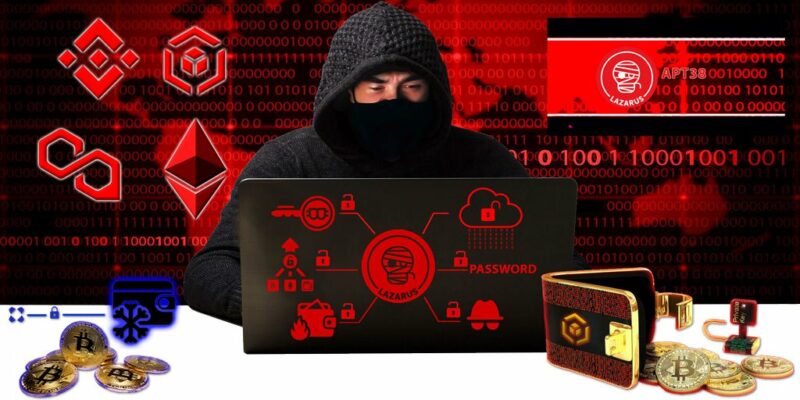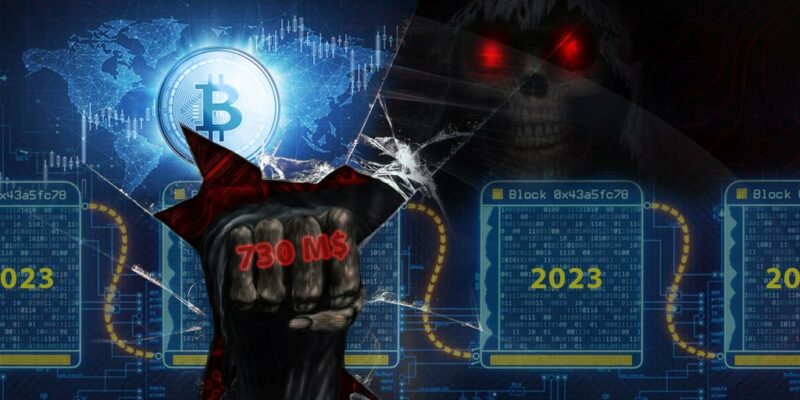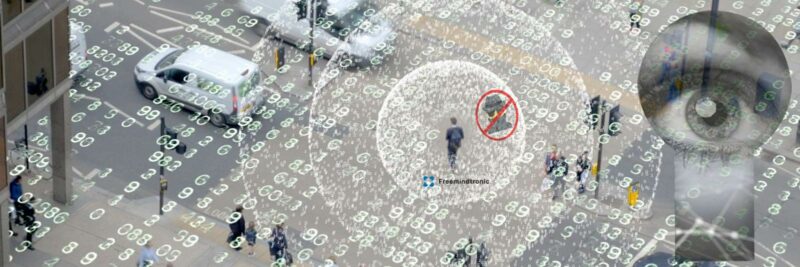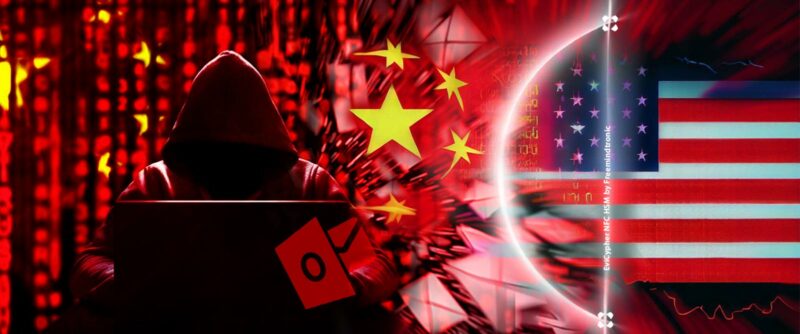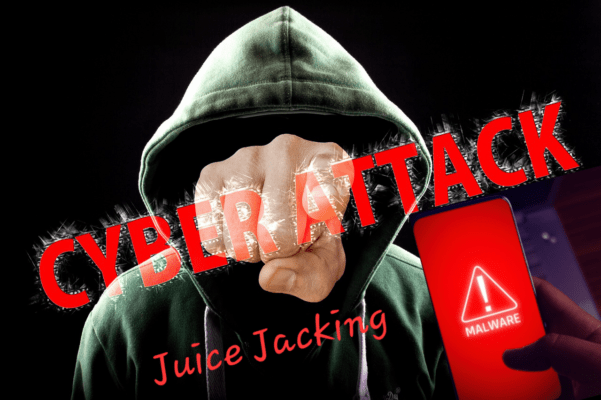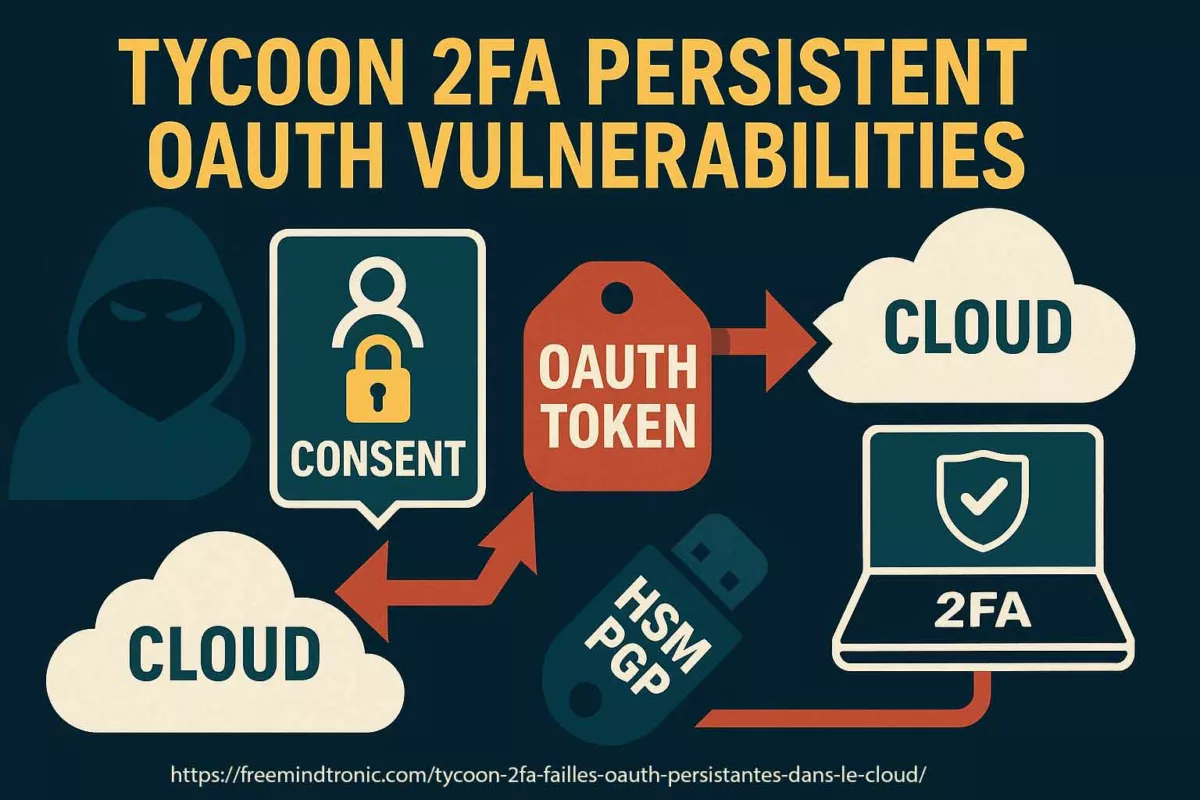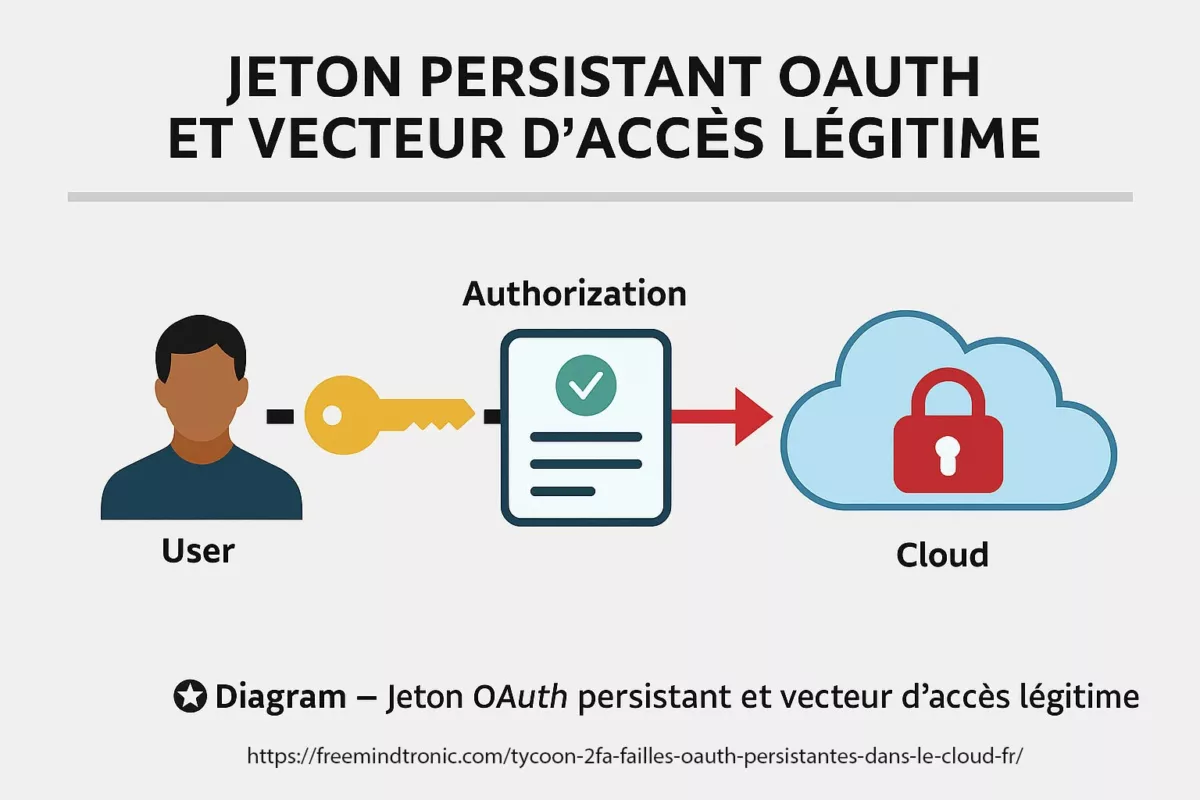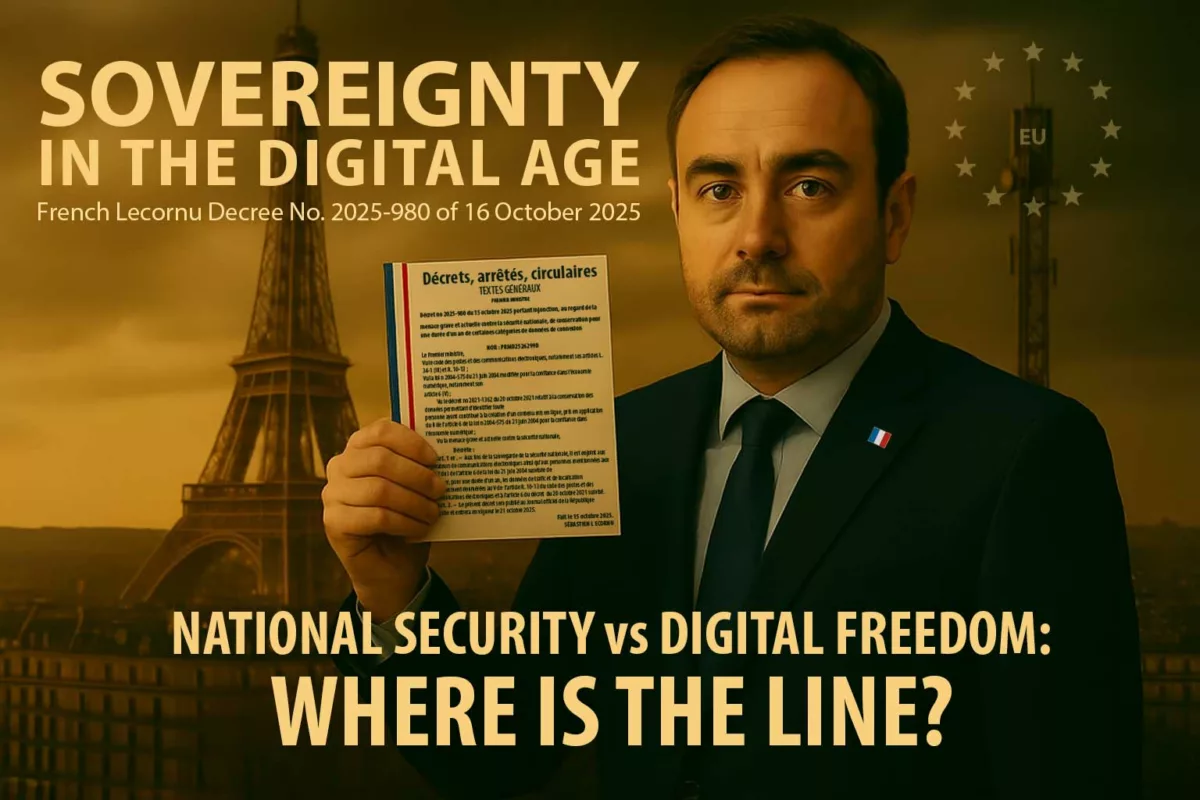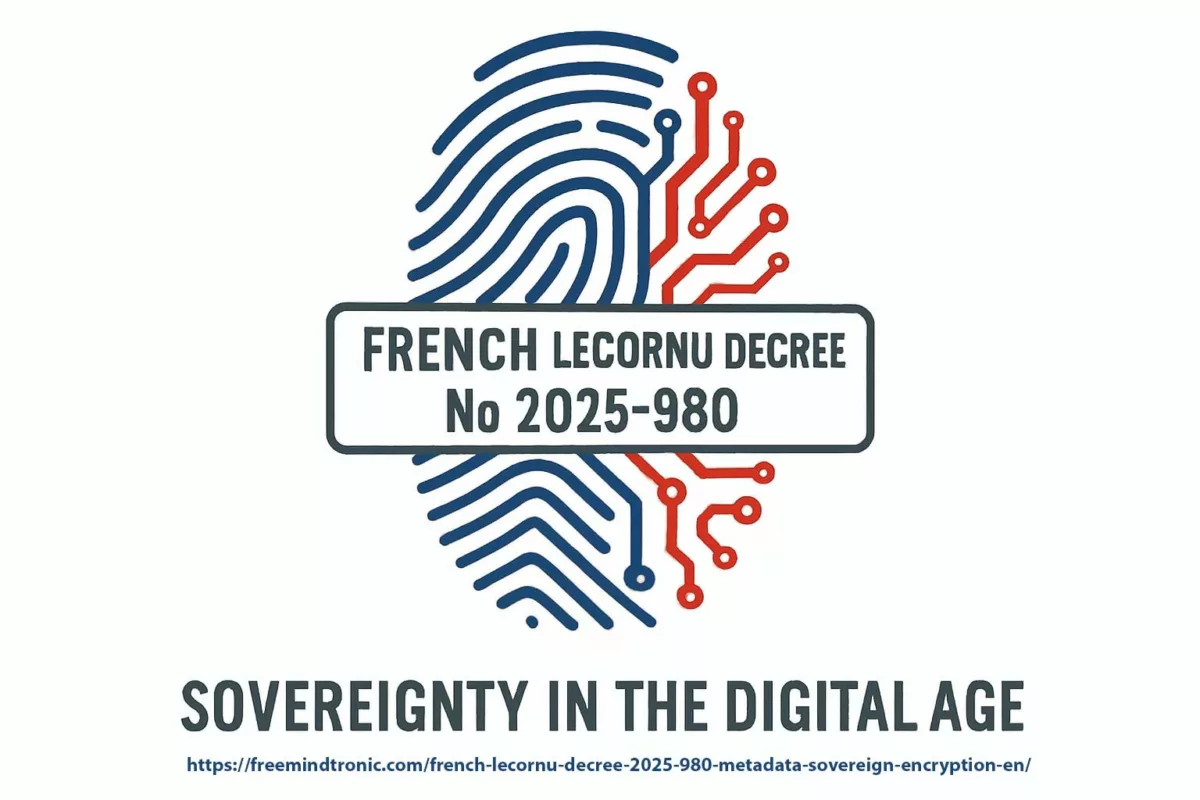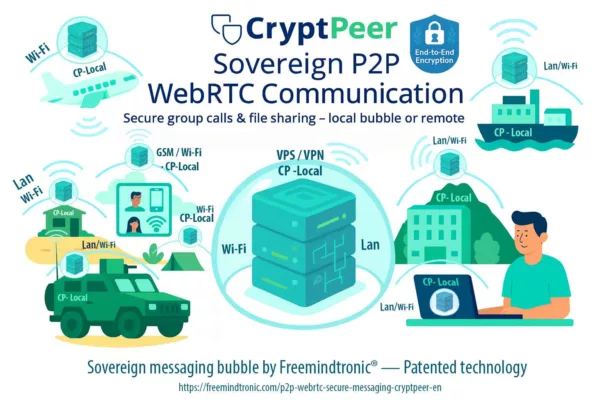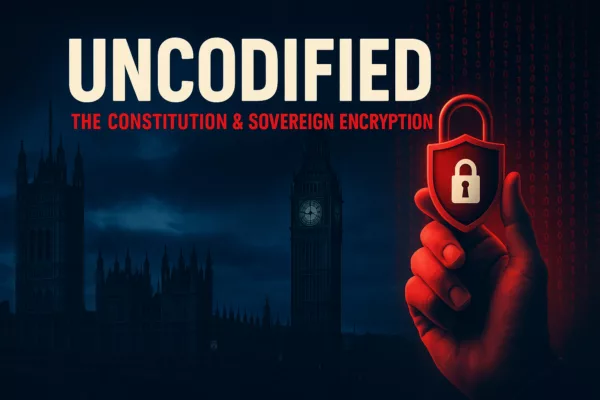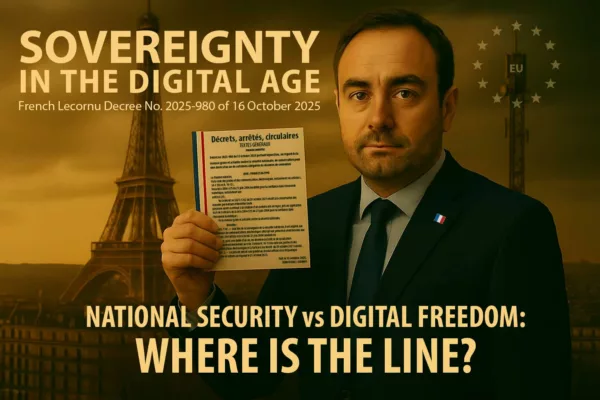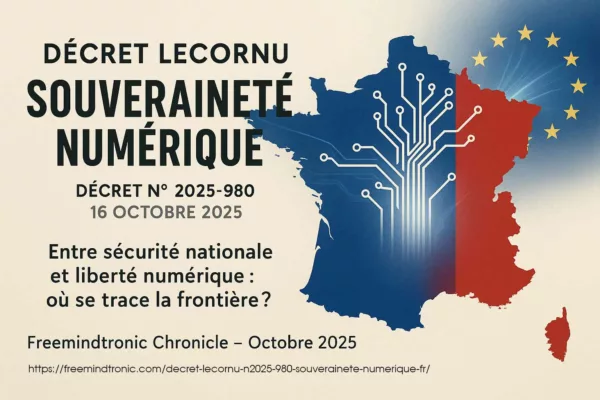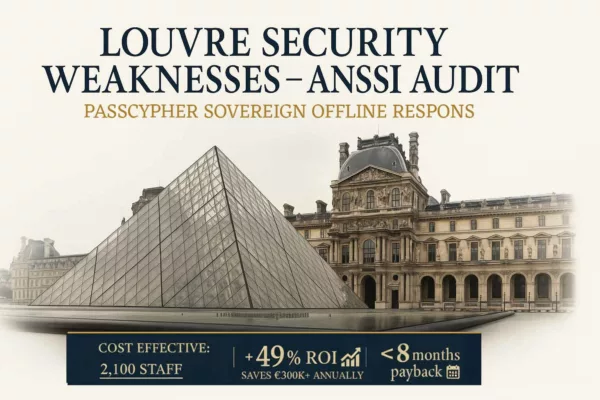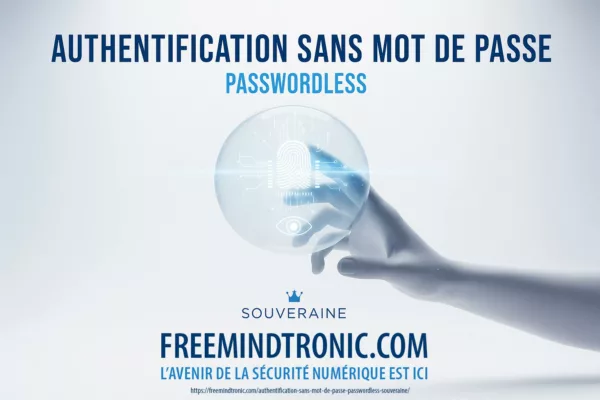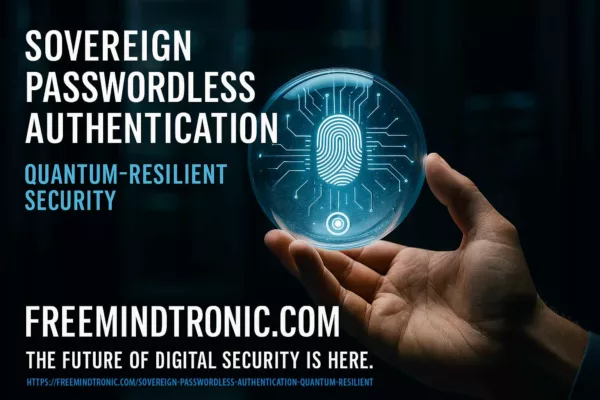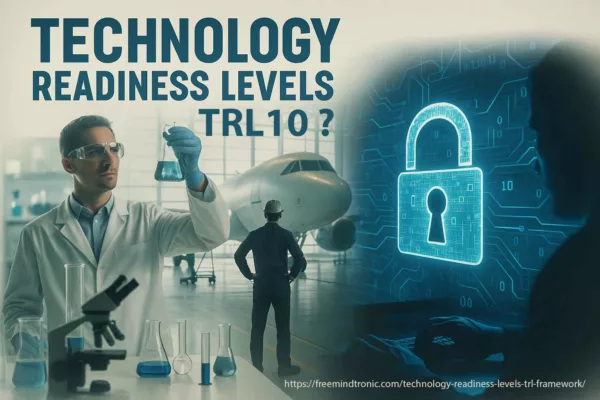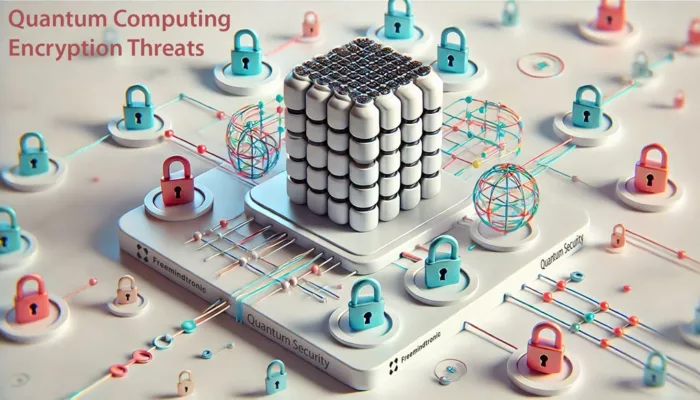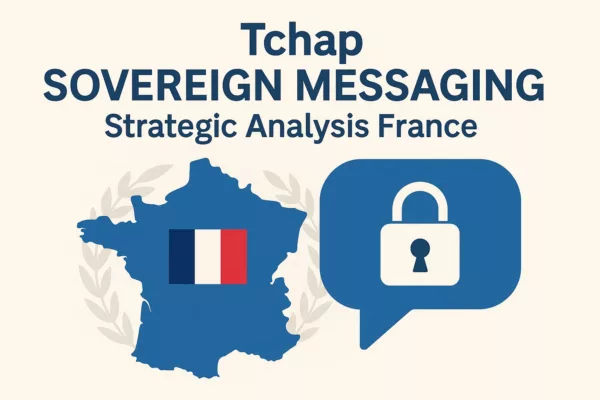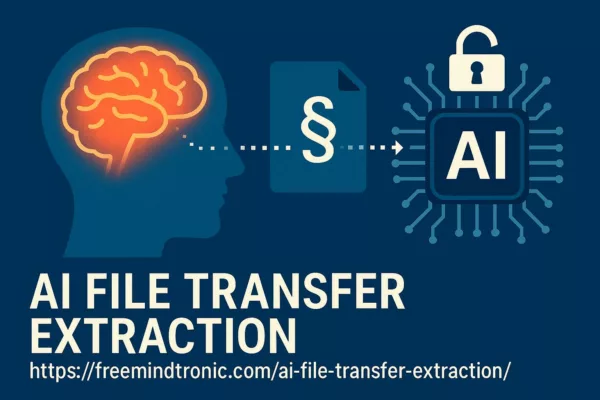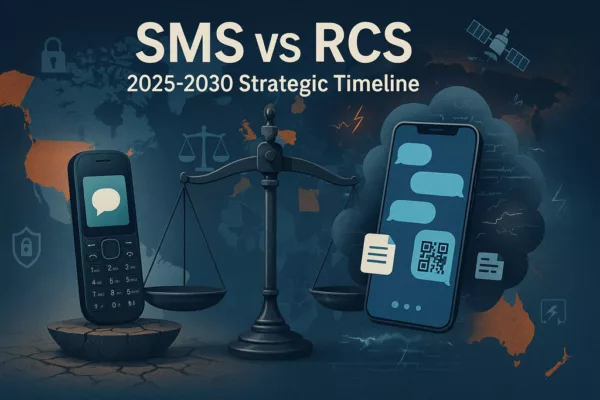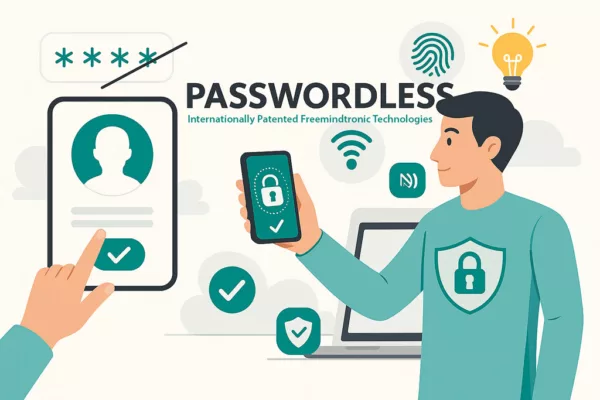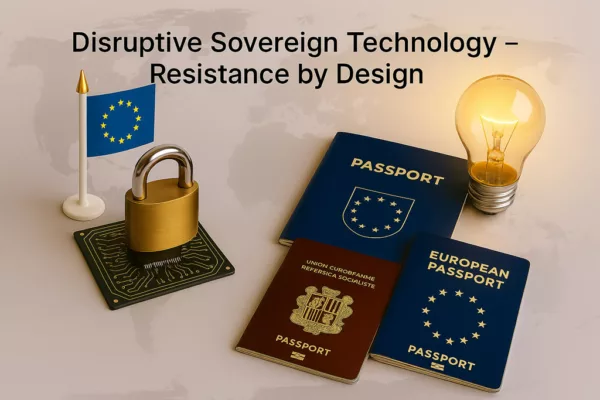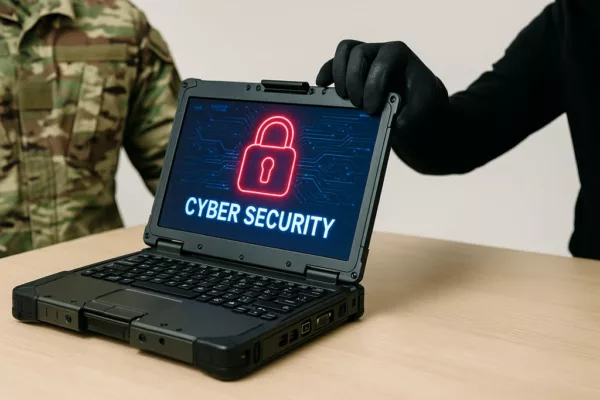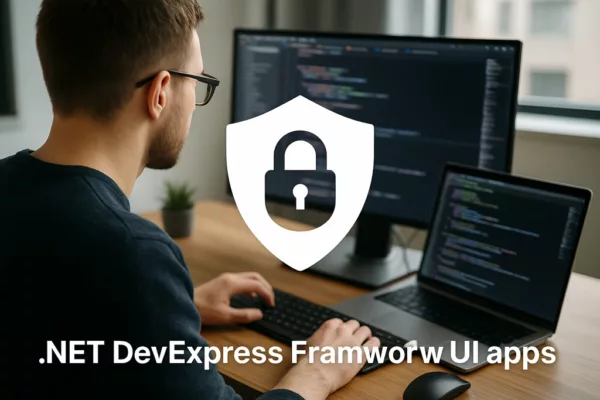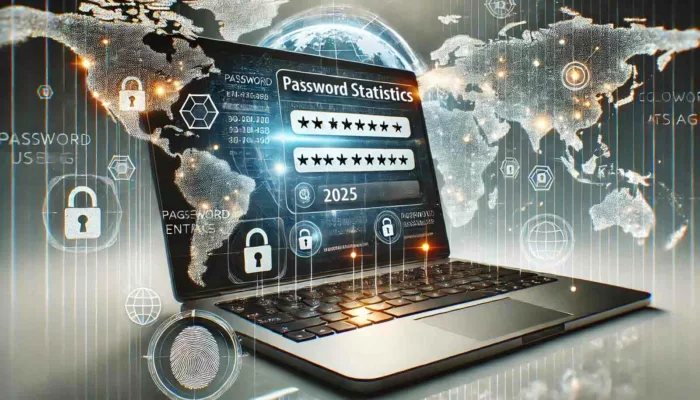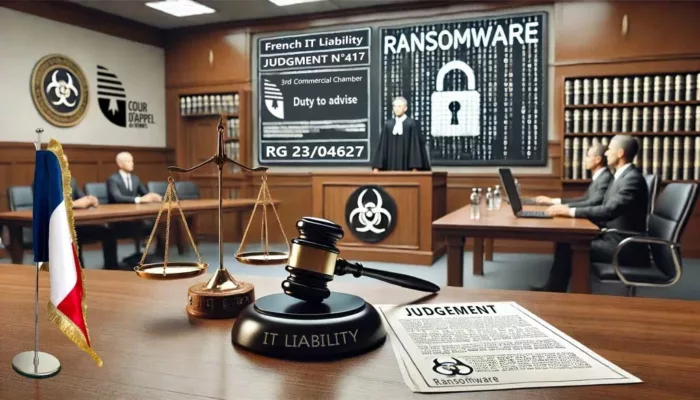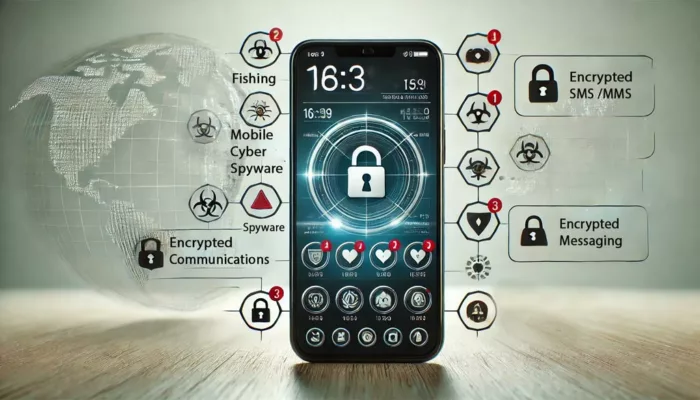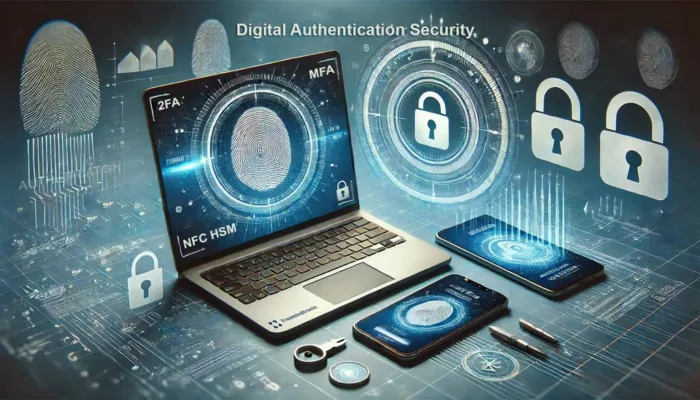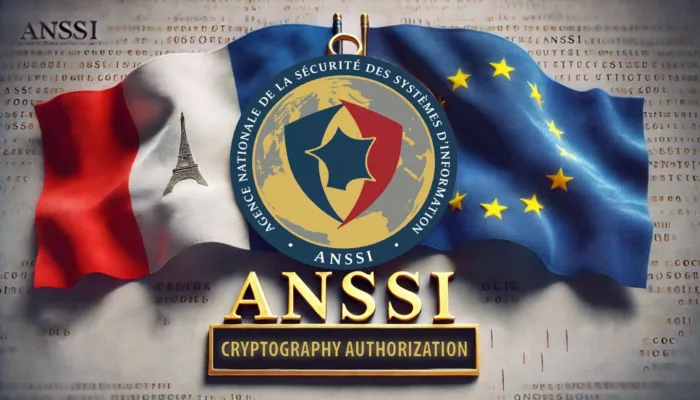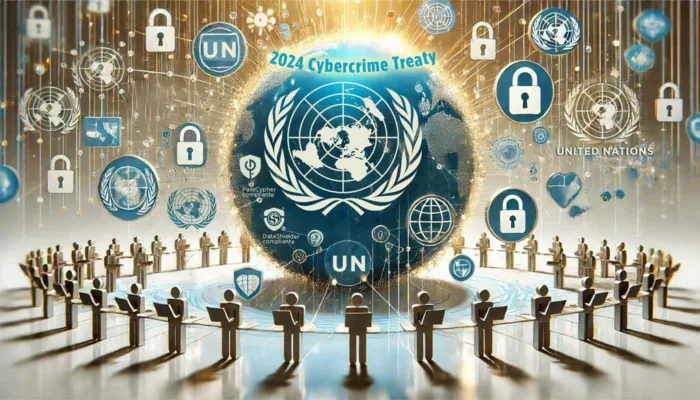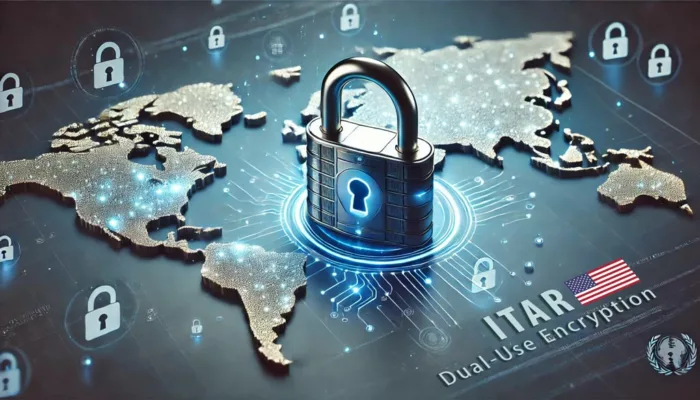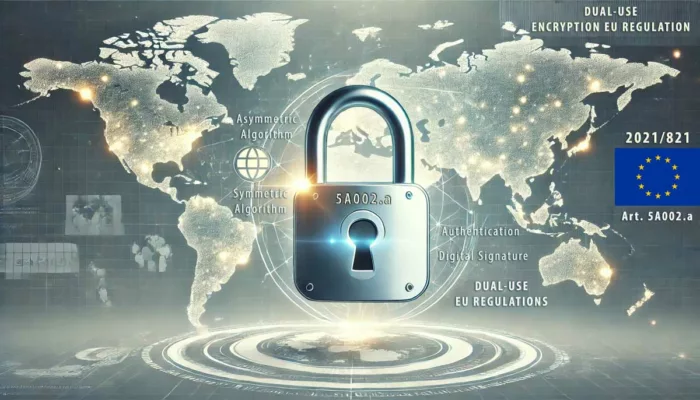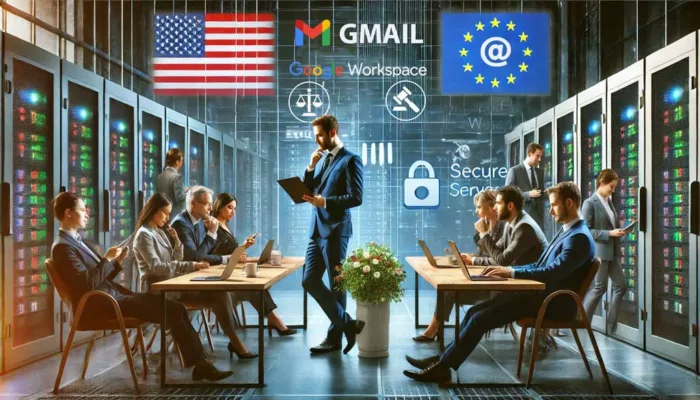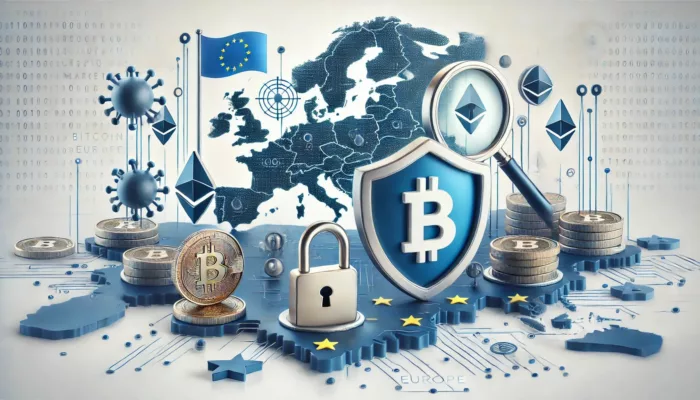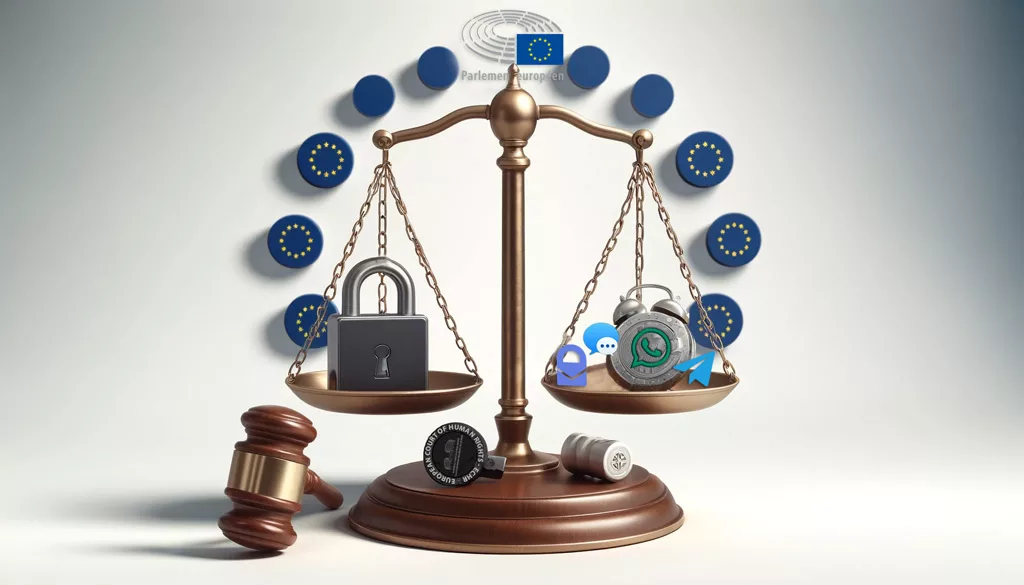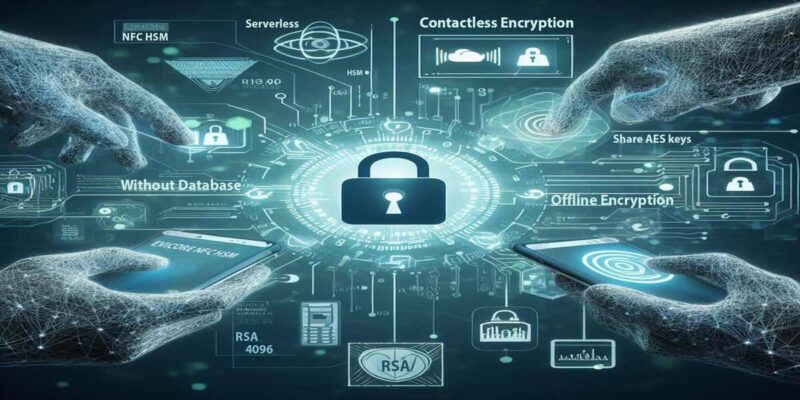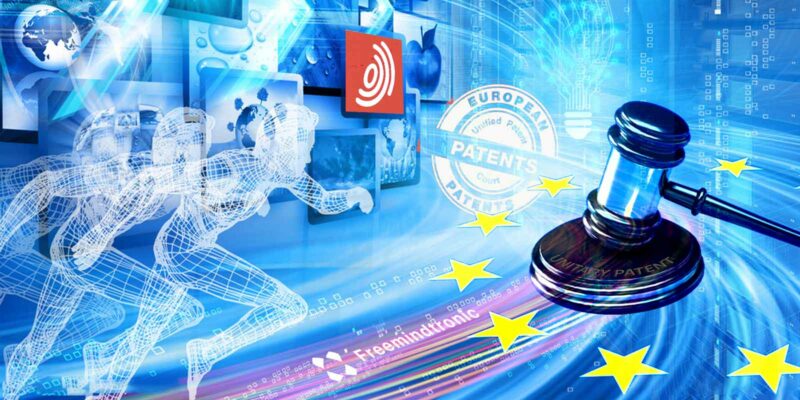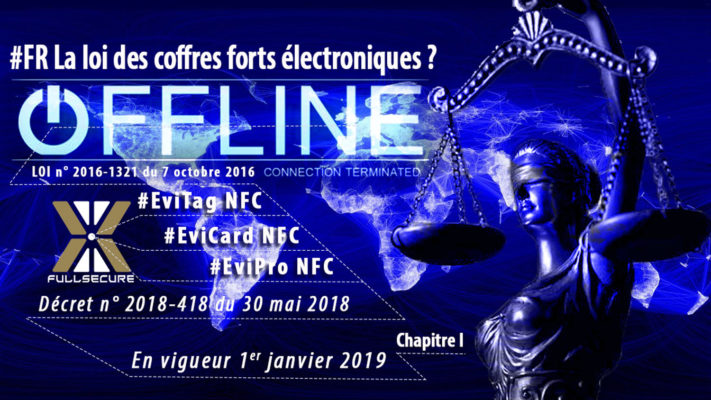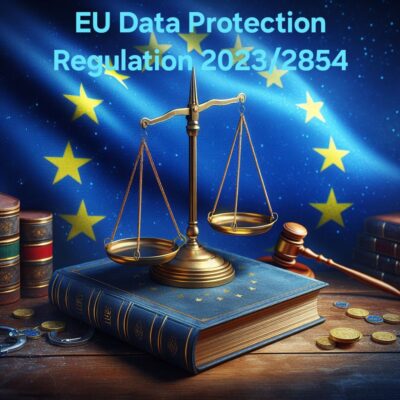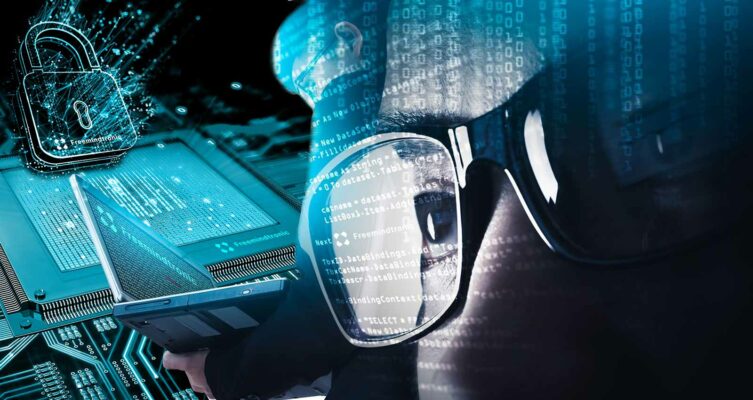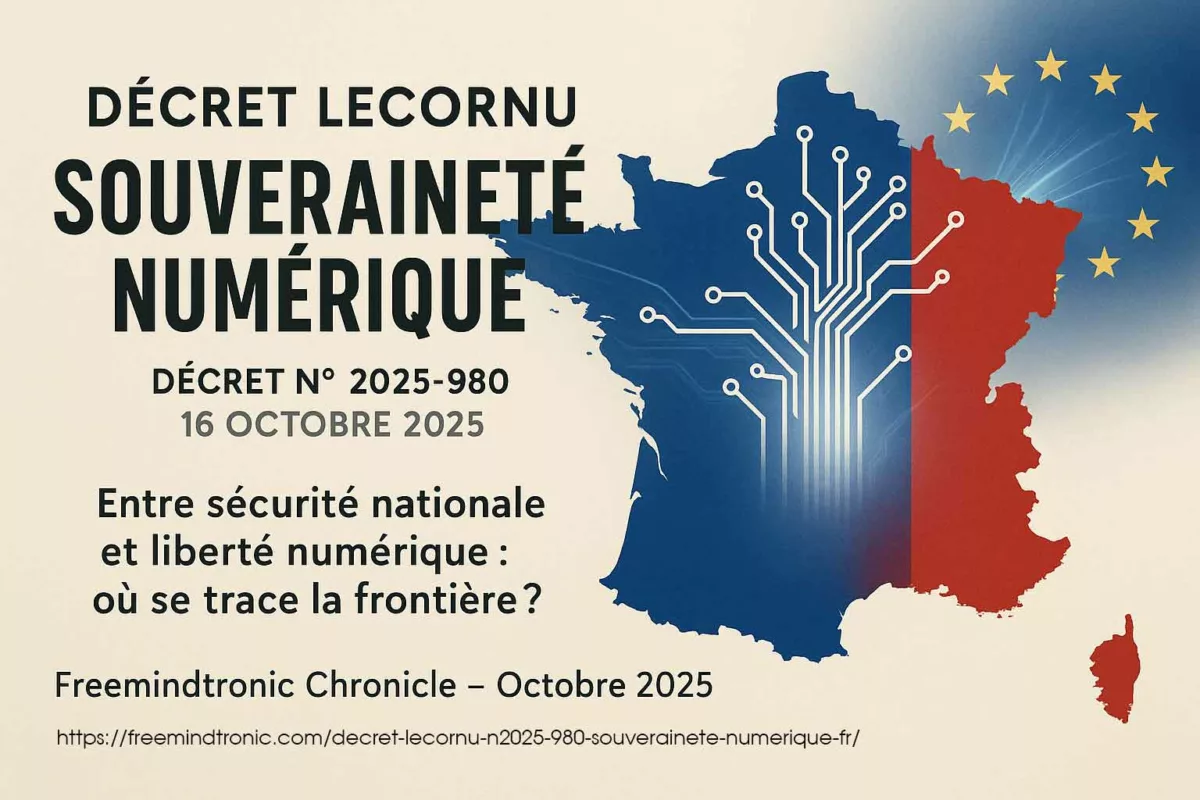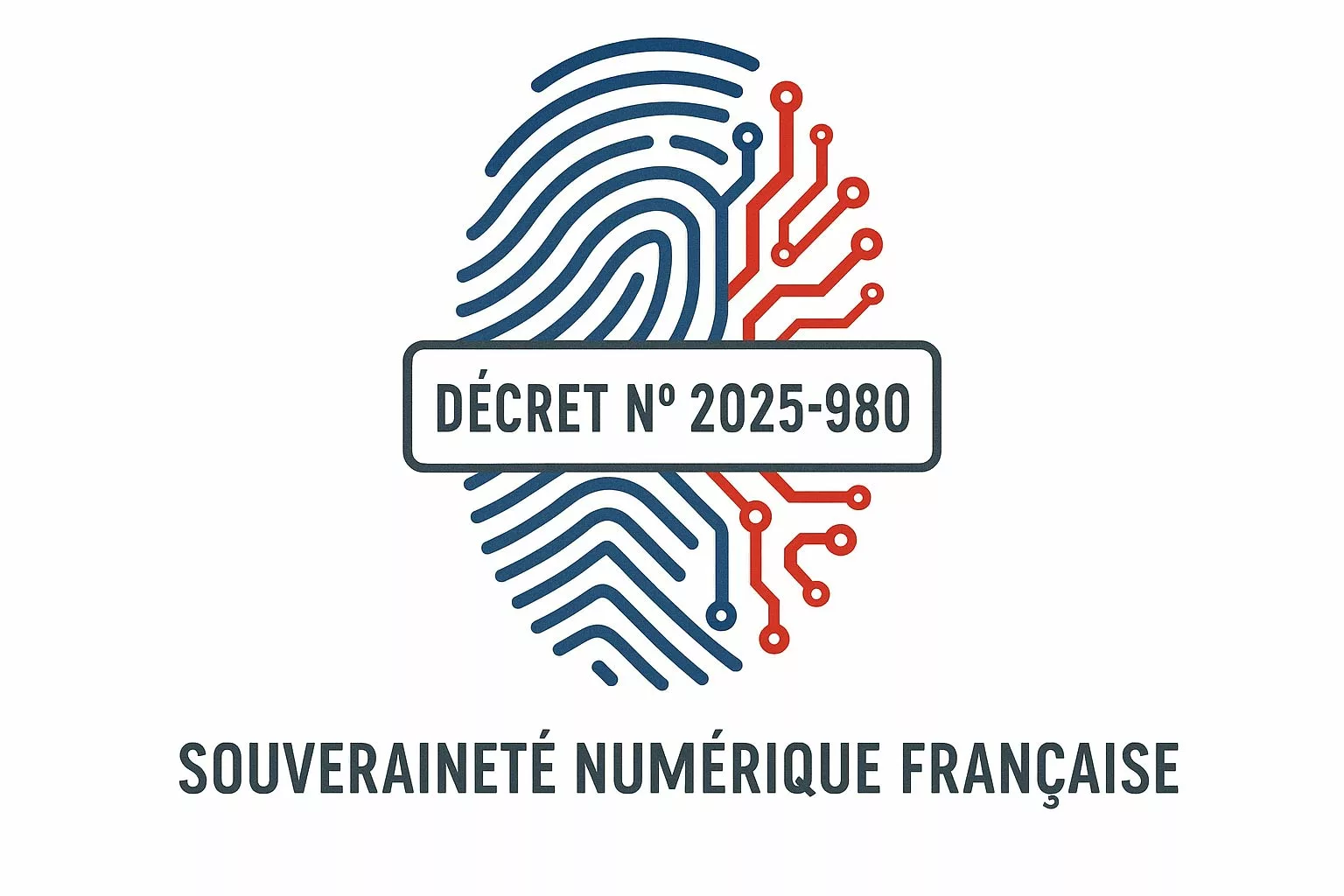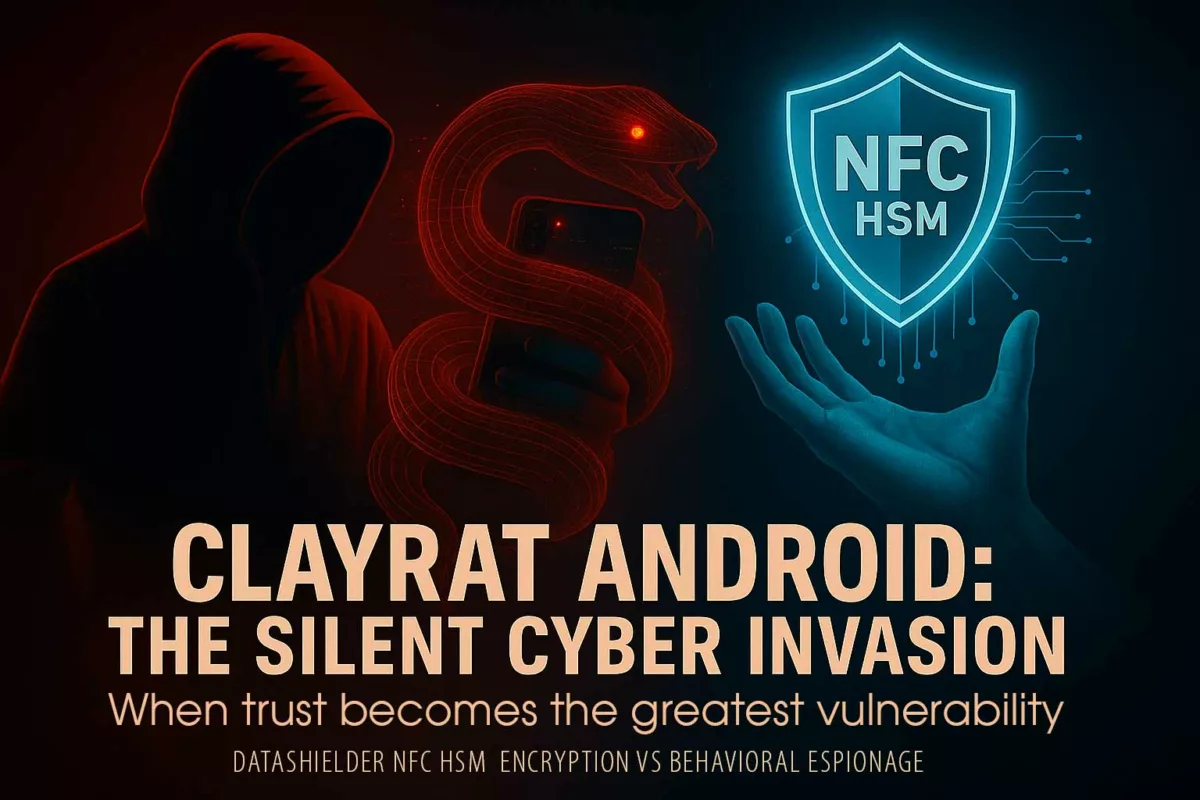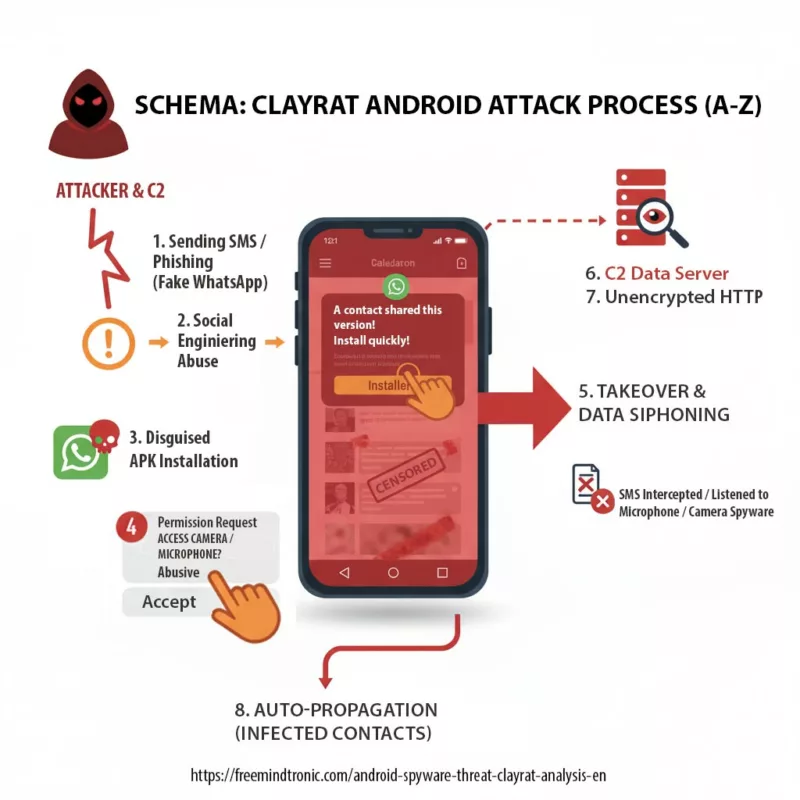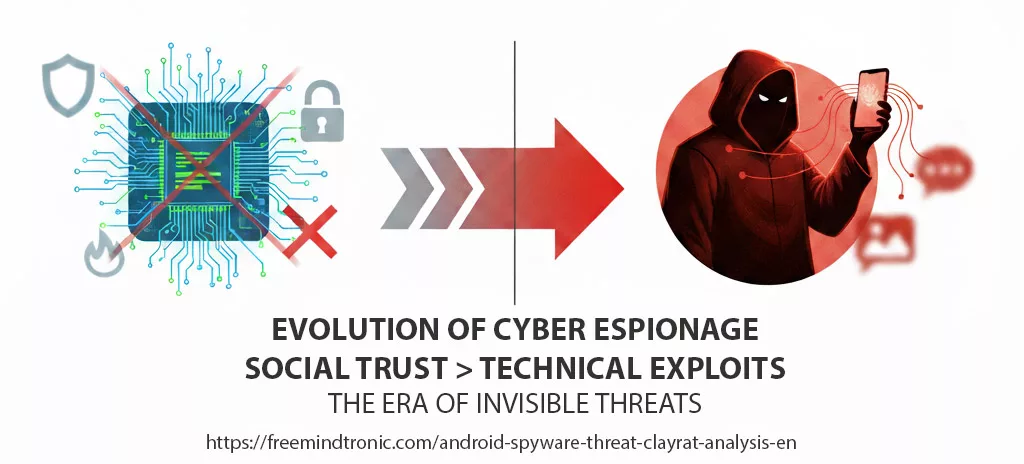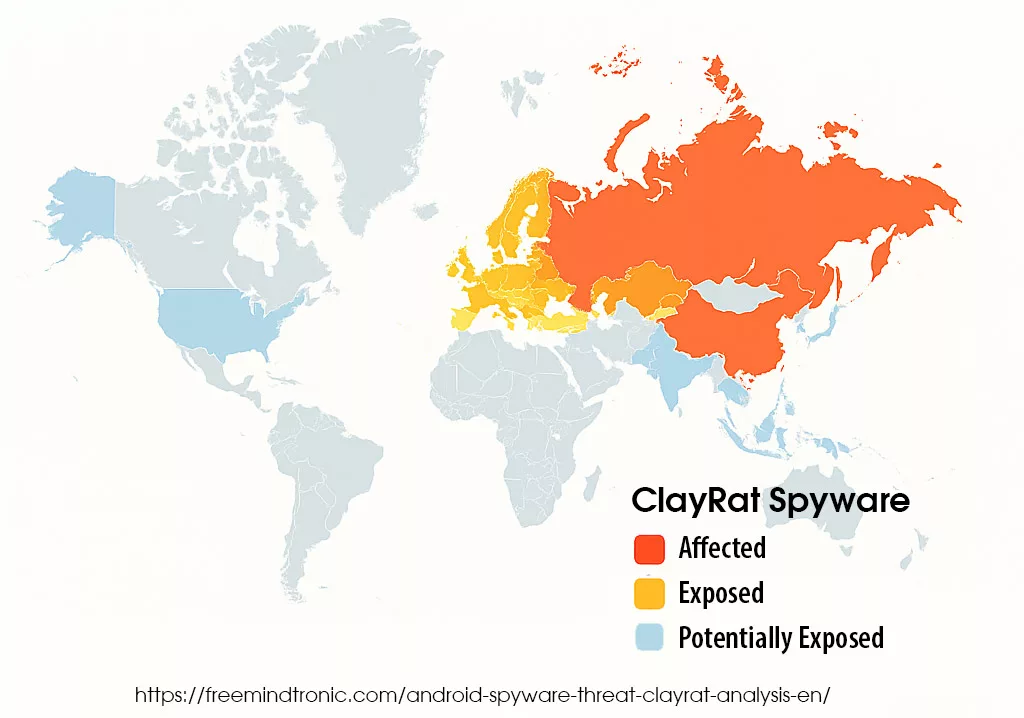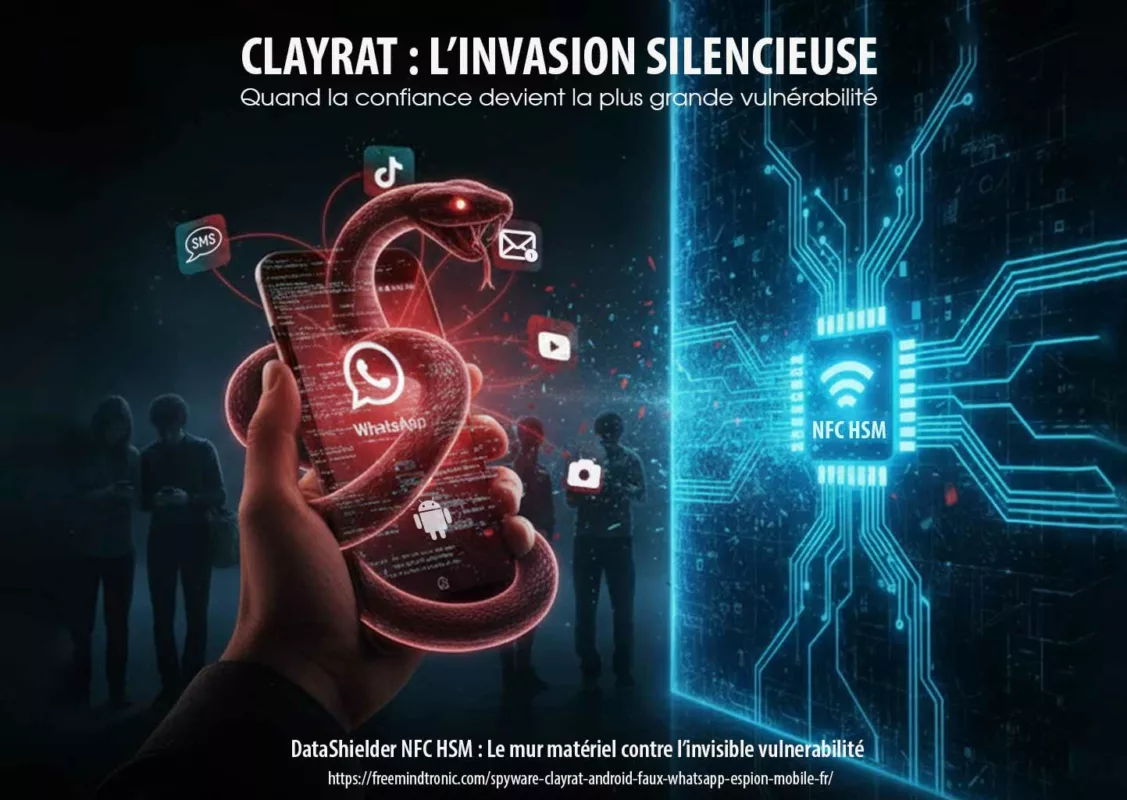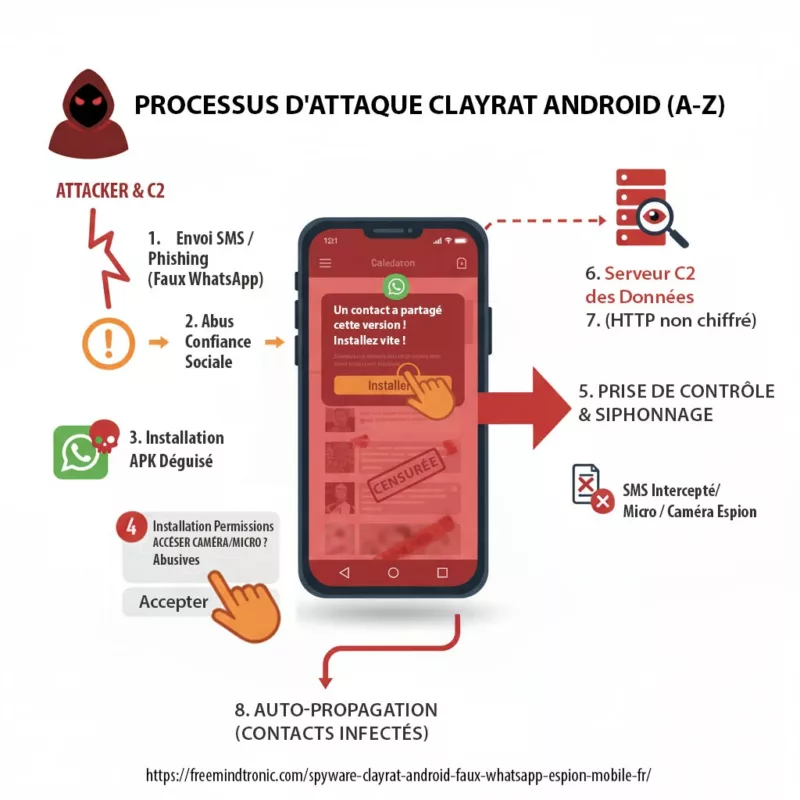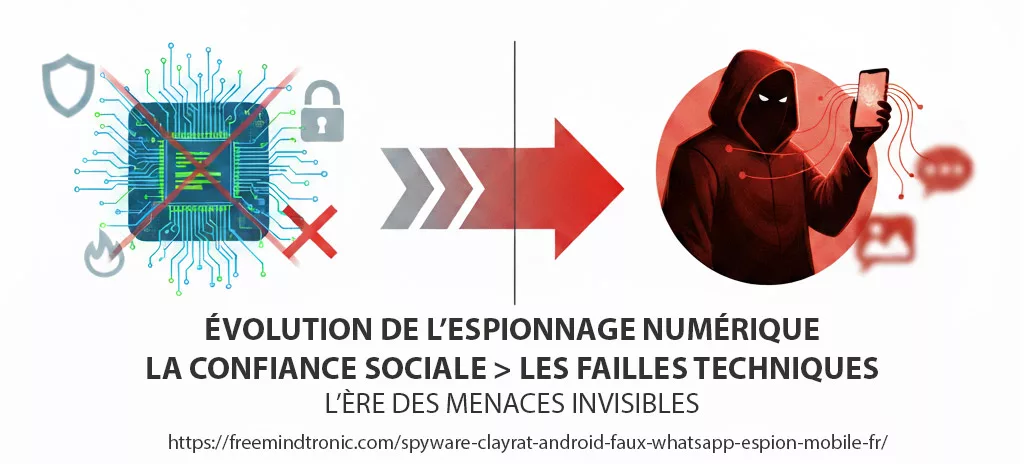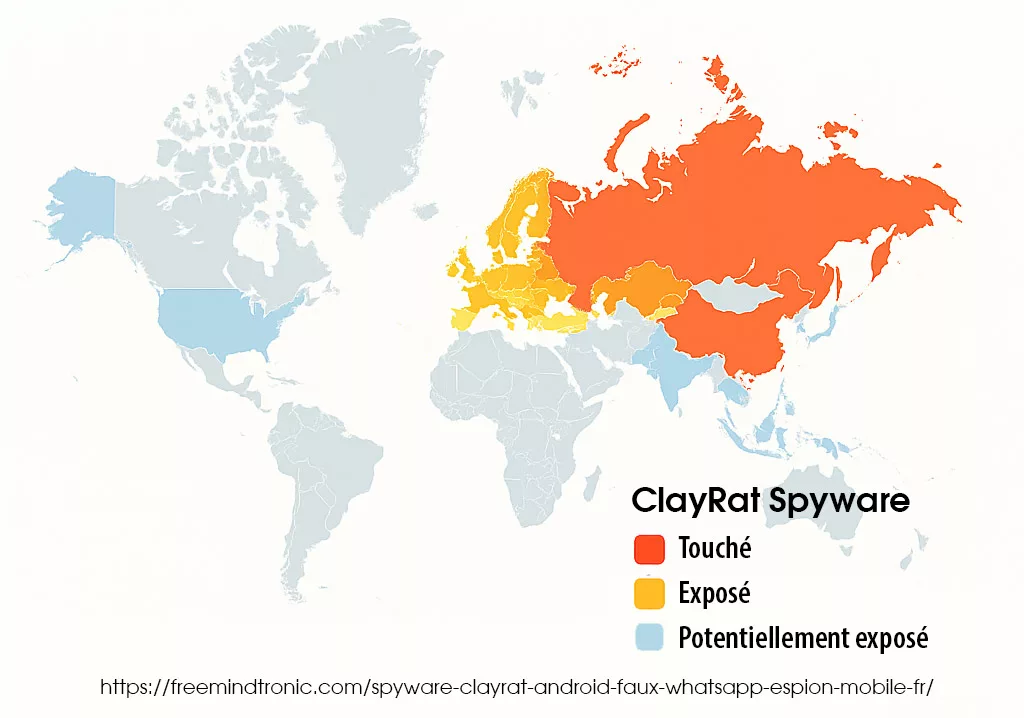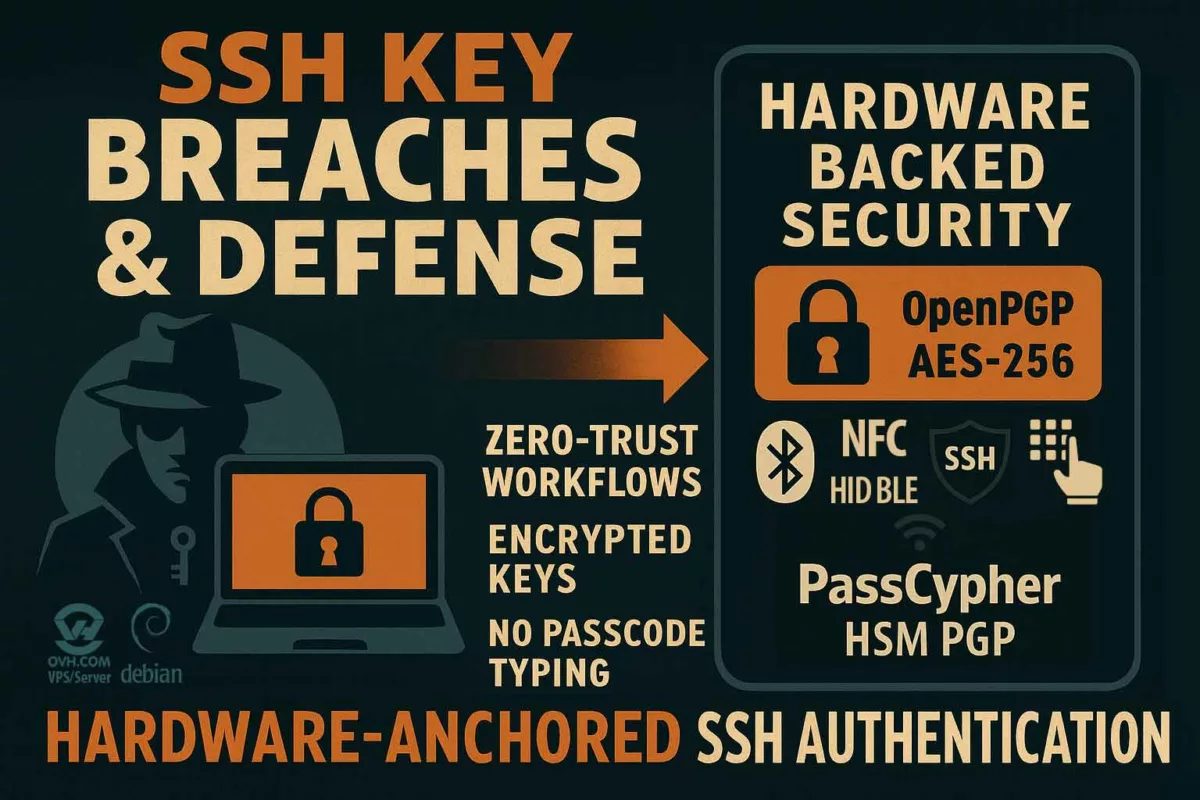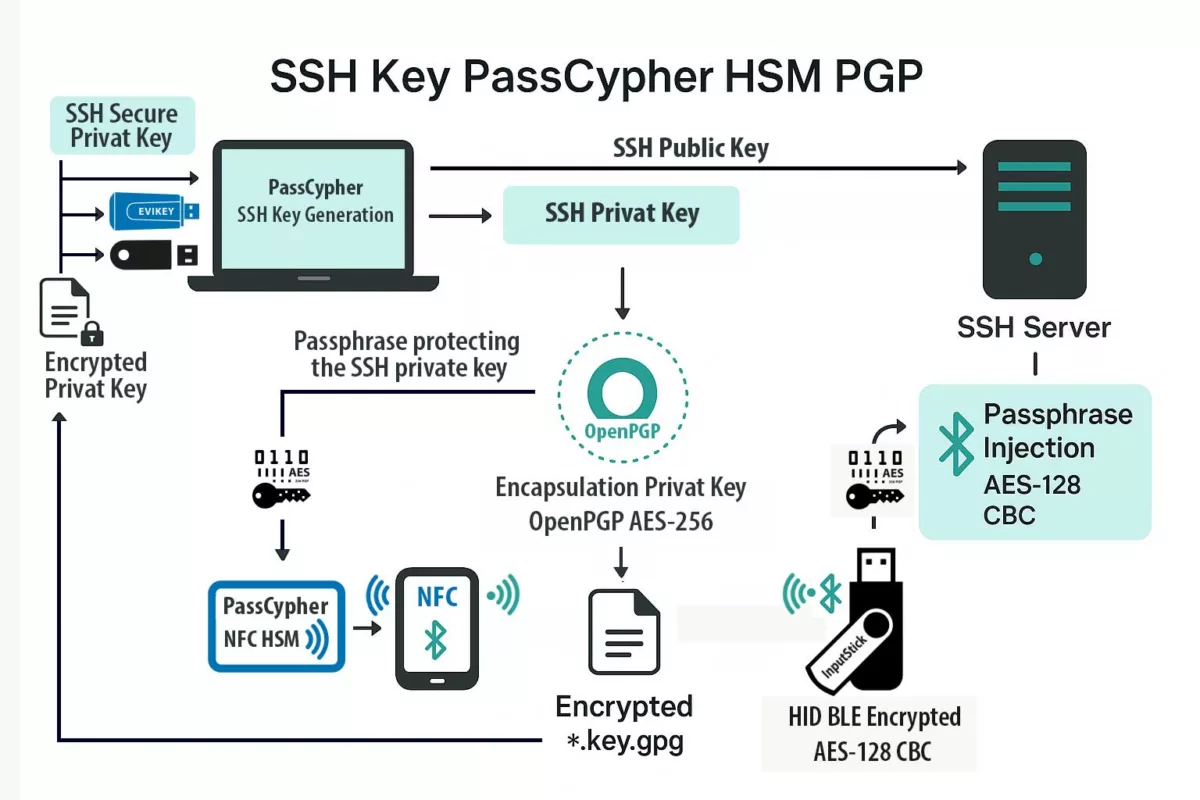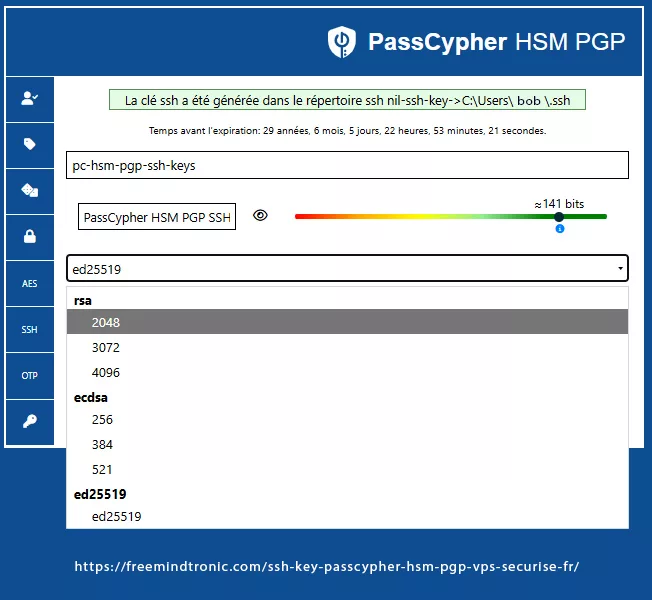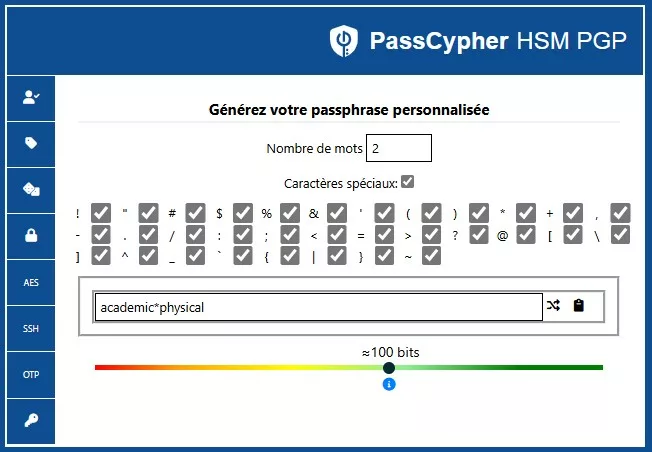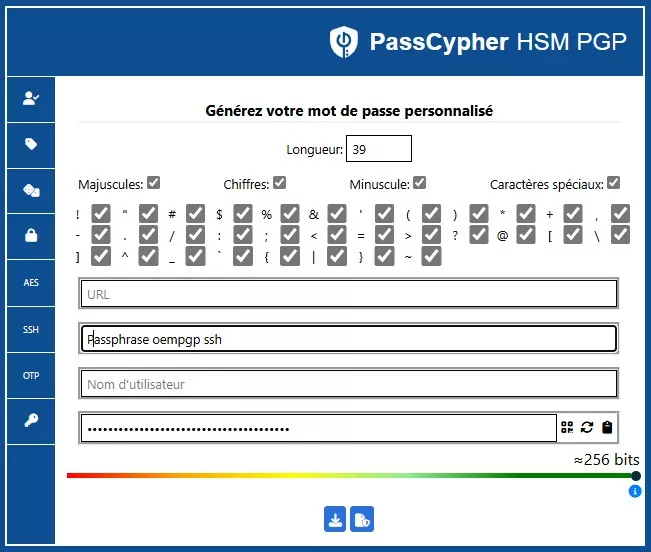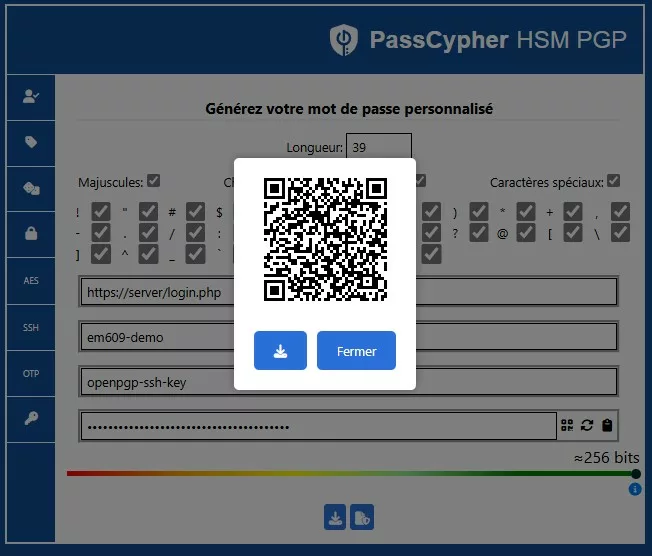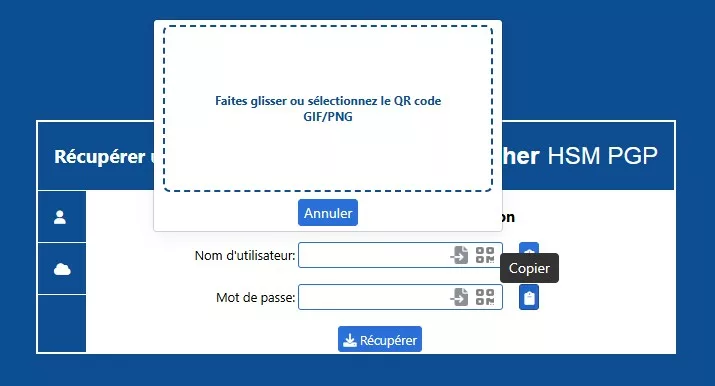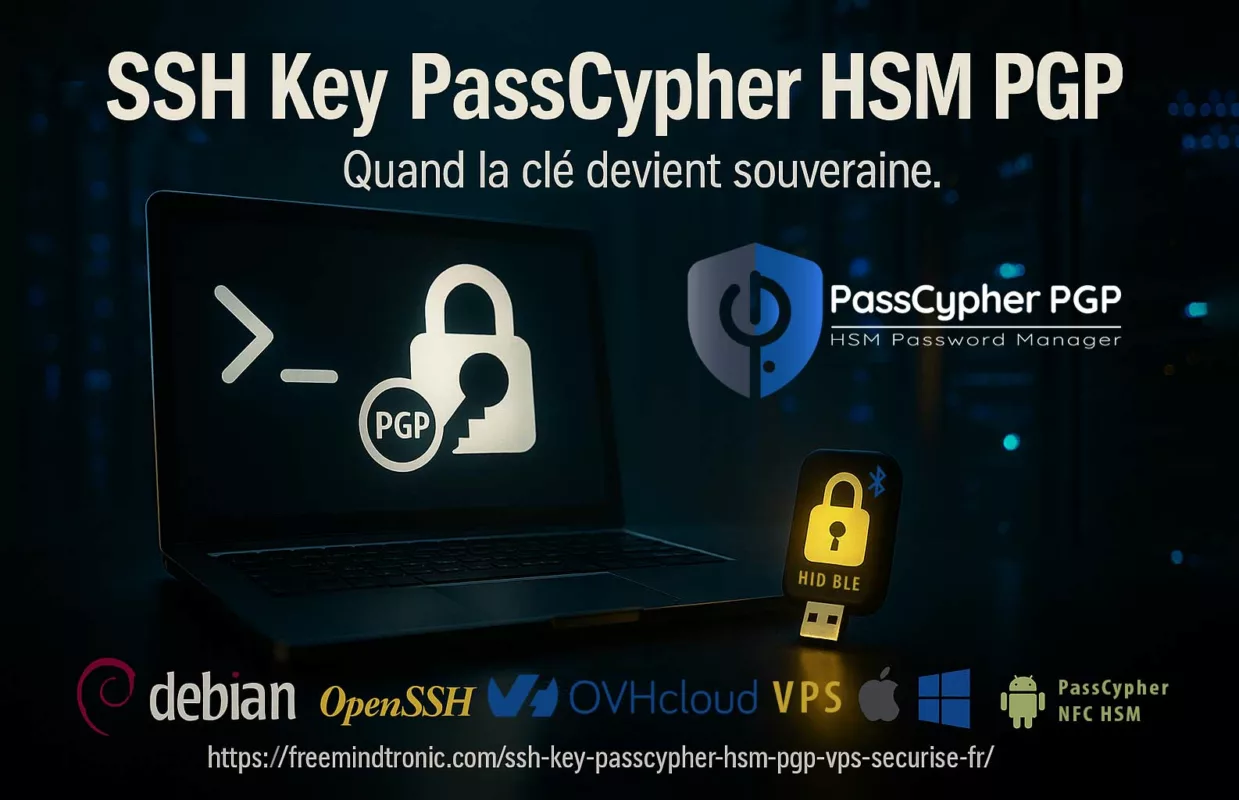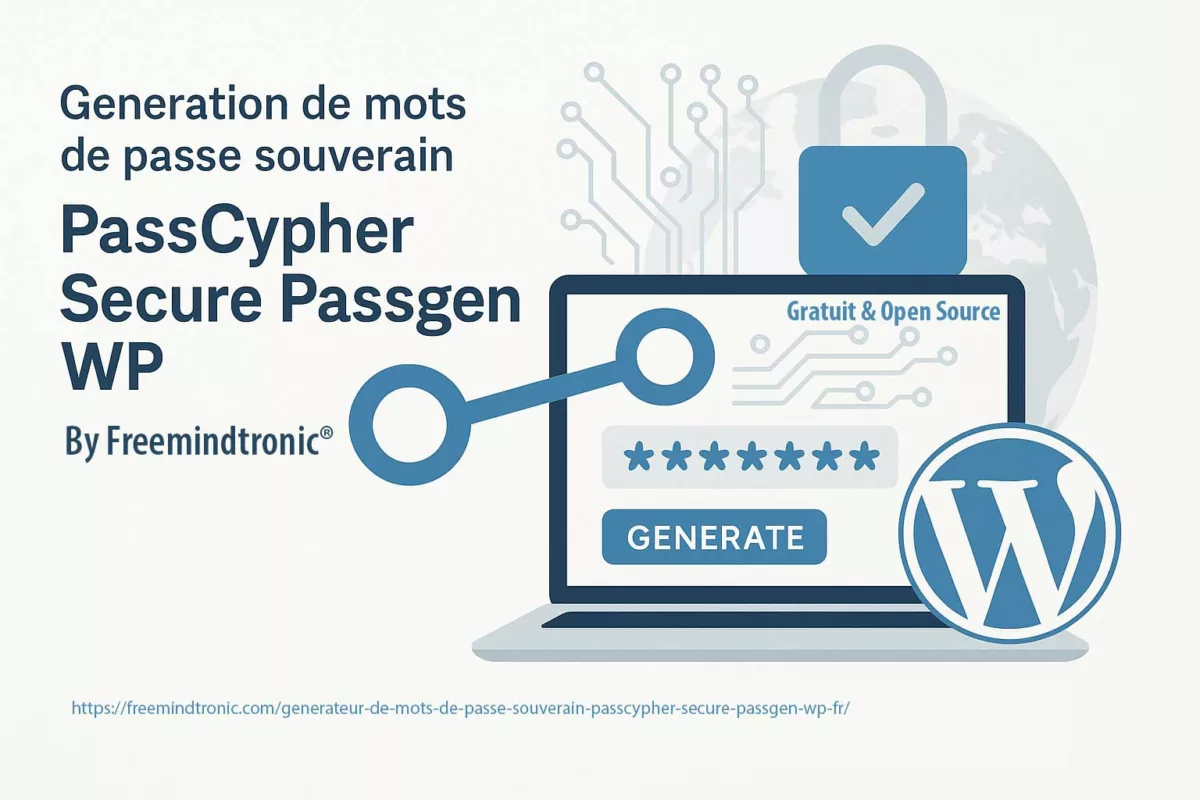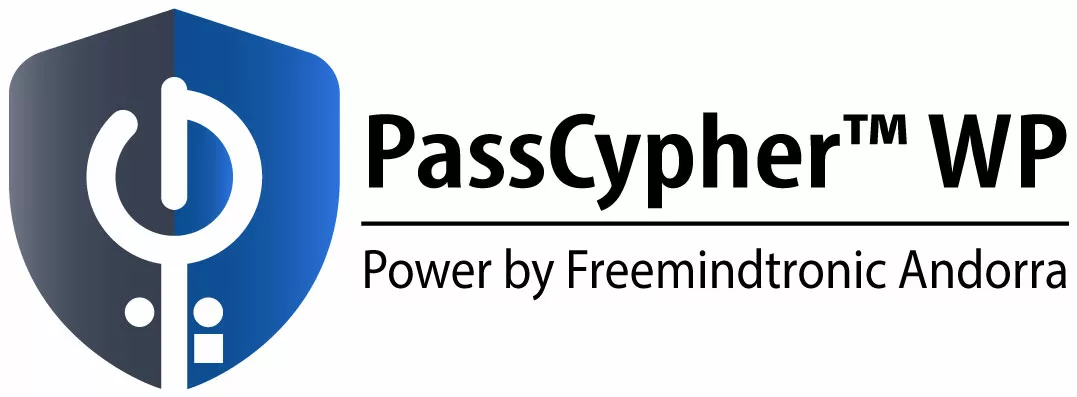Persistent OAuth Flaw — Tycoon 2FA Exploited — When a single consent becomes unlimited cloud access. This technical chronicle analyzes how a persistent OAuth flaw enables attackers to hijack legitimate OAuth tokens, bypass MFA, and maintain persistent OAuth access to cloud services. It exposes how Tycoon 2FA operationalizes this OAuth MFA bypass technique documented in the Proofpoint 2025 report. Finally, it demonstrates how the sovereign Zero-Cloud architecture of PassCypher HSM PGP neutralizes, by design, this class of persistent OAuth attacks — achieving sovereign cybersecurity by architecture.
Express Summary — Technical Analysis of Tycoon 2FA and the Persistent OAuth Flaw
This first summary introduces the foundations of a new threat identified by Proofpoint in its October 21, 2025 report: malicious OAuth applications. They exploit what researchers now describe as a persistent OAuth flaw — a condition where a legitimate authorization becomes a durable intrusion vector. With a single click on “Allow,” an attacker gains invisible and continuous access, surviving any password change or MFA reset — a true post-consent persistence scenario.
⮞ In short
Quick read (≈ 4 minutes): when a user authorizes a compromised OAuth app, it receives a valid access token to the cloud environment (Microsoft 365, Google Workspace, Slack, etc.). This token does not expire when the password changes and stays active until it is manually revoked. The attack weaponizes the persistent OAuth flaw by abusing the legitimacy of the OAuth protocol, escaping most conditional-access and MFA policies.
⚙ Exploitation principle
The user clicks “Allow,” the token is created, and a phase of post-consent persistence begins, with access recorded by the cloud provider. This illustrates how the persistent OAuth flaw functions in practice: the attacker uses the valid token to read emails, files, and calendars without triggering MFA again. Even after password rotation, access remains active because the token is still considered legitimate — a hallmark of this persistent OAuth flaw.
Why it’s serious
Unlike a conventional technical breach, this attack exploits an intention flaw rather than a vulnerability. The cloud cannot distinguish between a legitimate and a trapped authorization. As a result, the persistent OAuth flaw becomes a behavioral persistence issue — invisible to SIEMs, audit logs, and EDR tools. This makes it one of the most insidious and underestimated threats to modern cloud identity systems.
Sovereign response
A conceptual Zero-Cloud architecture such as PassCypher HSM PGP eliminates the persistent OAuth flaw at its root:
- No tokens or sessions stored in the cloud
- TOTP bound to the URL and validated locally
- Automatic deletion of session cookies after each use
- Physical NFC gesture authentication, outside any network channel
Reading Parameters
Express summary reading time: ≈ 4 minutes
Advanced summary reading time: ≈ 6 minutes
Full chronicle reading time: ≈ 38 minutes
Last update: 2025-10-22
Complexity level: Advanced / Cloud & Identity Cybersecurity
Technical density: ≈ 79%
Available languages: FR · EN
Specificity: Sovereign technical analysis — OAuth, MFA, access tokens, PassCypher HSM PGP
Recommended order: Summary → Vectors → Defense → Sovereignty
Accessibility: Screen-reader optimized – anchors & summaries included
Editorial type: Technical Chronicle – Digital Security
Criticality level: ⚠ Critical — 8 / 10 — active exploitation observed on Microsoft 365 / Google Workspace
Author: Jacques Gascuel, inventor and founder of Freemindtronic Andorra.
The result: no reusable entry point for a compromised OAuth token and no exposure to any persistent OAuth flaw.
⮞ Summary
PassCypher HSM PGP integrates several sovereign technologies that neutralize persistent OAuth flaws by design. These cryptologic layers ensure local, segmented, and contextual secret management with no cloud or server dependency — proving that architectural sovereignty is the only durable remedy against persistent OAuth flaws.
- EviPass HSM PGP — segmented password and secret manager stored in an AES-256-CBC encrypted container, non-exportable and off-cloud.
- EviOTP HSM PGP — local TOTP/HOTP generator using inexportable passphrases, with sandbox URL validation before injection.
- EviBITB — Anti-Browser-in-the-Phishing technology that automatically destroys malicious redirect iframes.
- How PassCypher HSM PGP Works — detailed explanation of the sovereign architecture: key segmentation, URL sandbox, PGP encryption, memory purge, offline operation.
Advanced Summary — Tycoon 2FA and Persistent OAuth Flaws
⮞ Reading note
This advanced summary takes about 6 minutes to read. It details how OAuth applications are abused (consent → token → persistence), the operational role of Tycoon 2FA (AiTM / PhaaS), and the sovereign response provided by PassCypher HSM PGP (Zero-Cloud + behavioral control).
⚙ Tycoon 2FA / Persistent OAuth Attack Chain (Operational)
- Brand phishing → forged OAuth consent prompt (SharePoint, DocuSign, Adobe) ↪
- User clicks “Allow” → a valid OAuth token is issued (API scopes) ⇢
- Active session → no TOTP challenge required ↦
- Persistent access → exfiltration of emails, files, and calendars ↻ until manual revocation.
TOTP Bypass in Persistent OAuth Attacks
| Scenario | TOTP required | OAuth token | Active vector |
|---|---|---|---|
| Inactive session | ✅ Yes (via AiTM) | ✅ Obtained | ✅ Yes |
| Active session | ❌ No | ✅ Obtained | ✅ Yes |
Field Example — Tycoon 2FA and Persistent OAuth Abuse (AiTM / PhaaS)
Tycoon 2FA orchestrates proxied pages (AiTM), intercepts MFA prompts, and chains them into seemingly legitimate OAuth authorizations. The outcome: a valid token, persistent access, and low detection since the activity appears “authorized” in the admin console.
Condensed Risk Mapping
| Vector | Scope | Primary mitigation |
|---|---|---|
| Tycoon 2FA (OAuth App) | M365 / Google Workspace | Admin-consent only · OAuth audits · Local HSM |
| OAuth impersonation (endpoints) | SaaS / Multi-tenant | Validate redirect_uri · Block risky scopes |
| Token theft (API) | APIs / Integrations | Proactive revocation · Rotation · HSM |
| BitP / iframe hijack | Web browsers | Anti-BitP · Iframe-kill · URL-bound TOTP |
Doctrinal Insight
↦ Zero-Cloud + local HSM PGP: secrets and TOTP/signatures handled offline, iframe-kill, auto session purge ↻, URL-conditioned TOTP ⇢ the attacker can no longer “extend” access.
Thank you for reading the summaries. The full chronicle expands on:
- Tycoon 2FA campaigns (timelines, IOCs, TTPs);
- Persistent OAuth access across SaaS multi-tenant environments;
- Automated revocation playbooks and new grant detection;
- Implementation of PassCypher HSM PGP (Zero-Cloud, NFC, anti-BitP).
The chronicles above ↑ belong to the Digital Security section. They explore cloud vulnerabilities, persistent access vectors, and the sovereign countermeasures developed by Freemindtronic.
Tycoon 2FA Persistent OAuth Flaws — When Authorization Becomes Compromise
⮞ In brief
The persistent OAuth flaw identified by Proofpoint reveals a fundamental shift in cloud security: legitimate OAuth applications—or perfectly cloned versions—can obtain valid access tokens through user consent, enabling behavioral persistence within cloud environments. In this model, the “Allow” click itself becomes the act of intrusion, transforming a simple authorization gesture into a long-term compromise.
On October 21, 2025, Proofpoint released an extensive analysis detailing how OAuth-based applications are exploited to gain continuous access to services like Microsoft 365, Google Workspace, and Slack. Once consent is granted, the issued access tokens survive password rotations and MFA policy resets as long as they remain unrecalled. The result is a paradox: an attacker holds legitimate access to exfiltrate data under the guise of normal activity.
This post-consent persistence redefines the threat landscape for organizations relying heavily on federated identity and single sign-on (SSO). It exposes how identity systems—meant to enhance security—can instead serve as trusted attack vectors when OAuth tokens are misused.
To transition into the next section, we will examine the mechanics of the Tycoon 2FA attack and see how the combination of phishing, consent exploitation, and token persistence makes this vector both stealthy and resilient.
How the Tycoon 2FA Attack Works — OAuth Legitimacy and Persistence
⮞ In brief
The Tycoon 2FA attack leverages the persistent OAuth flaw to bypass MFA and exploit trust-based identity flows. It blends credential phishing, consent hijacking, and token replay into a single behavioral compromise chain. Because the attacker operates within legitimate OAuth boundaries, the intrusion often remains invisible to both administrators and SIEM systems.
Operational Sequence (Simplified Chain)
- The attacker prepares a malicious OAuth application or forges a legitimate-looking authorization prompt (brand spoofing).
- The victim clicks “Allow”, prompting the cloud provider to issue a valid OAuth access token with granted scopes (sometimes extended, sometimes minimal).
- The attacker securely stores and reuses the token to access APIs—email, drive, contacts—without triggering MFA again.
- The token remains active until manually revoked, creating a persistence window ranging from several days to months.
In numerous observed incidents, the cloud admin interface displayed no anomaly: activities appeared legitimately authorized by the user. Consequently, traditional SIEM or EDR systems often miss the early-stage signal, since the compromise exploits the authorization flow itself rather than any direct software vulnerability.
In other words, OAuth legitimacy becomes the attacker’s stealth cloak. The exploitation vector is not technical—it’s behavioral, leveraging the inherent trust of OAuth and the user’s consent. This makes detection extremely challenging, especially when multiple SaaS applications share federated identity tokens.
To better understand how this stealth operates within authentication flows, the next section explores the TOTP bypass techniques used in persistent OAuth exploitation and how they interact with post-consent persistence mechanisms.
TOTP Bypass in Persistent OAuth Exploits — Tycoon 2FA
⮞ In brief
The TOTP mechanism is not cryptographically broken; rather, it is bypassed by session context: if a user is already authenticated, the OAuth consent flow often does not trigger a second-factor challenge, allowing an access token to be issued without TOTP. Therefore, the bypass is contextual and depends on session state, not on a flaw in the OTP algorithm itself.
Key scenarios to consider:
- Inactive session → AiTM interception → TOTP prompted → exploit possible though harder to execute (less common but feasible).
- Active session → no re-authentication with TOTP → token issued without MFA → effective bypass and high risk.
Because the persistent OAuth flaw exploits session context, defenders must correlate session state and consent events, otherwise attackers succeed silently.
Next, we illustrate the technique in the wild: a concrete example of how Tycoon 2FA leverages AiTM pages to capture MFA prompts and push users into granting malicious OAuth consents.
Field Example — Tycoon 2FA in Action: Persistent OAuth Abuse
⮞ In brief
Tycoon 2FA is a Phishing-as-a-Service (PhaaS) AiTM kit that surfaced in 2023 and scaled rapidly to intercept MFA and coerce users into granting OAuth authorizations. Public analyses document its domains, templates, and evasion patterns.
Active since August 2023, Tycoon 2FA supplies operators with proxied pages and flows that can pause or redirect MFA prompts, display forged OAuth consent screens, and extract tokens/sessions in real time. Recent campaigns focus heavily on Microsoft 365 and Gmail, which makes multi-tenant SaaS environments particularly exposed to OAuth token abuse and post-consent persistence.
To transition into defenses, the next section outlines a sovereign architecture example — PassCypher HSM PGP — which removes the principal persistence factor by design and thus stops token reuse at the endpoint.
Toward Sovereign Immunity: The PassCypher HSM PGP Example
⮞ In briefZero-Cloud architectures combined with a local HSM (PGP) eliminate the main persistence factor: the very existence of a token accessible via a cloud channel. By binding authentication to a local NFC HSM gesture, verification becomes a physical action outside the network chain, making OAuth persistence impossible by construction.
Applied technical principles (PassCypher implementation):
- No private key or token stored in the cloud — all secrets remain inside the local HSM (NFC / HSM PGP).
- TOTP and signatures conditioned on the target URL and validated in a confined local environment (anti-BitP, AiTM proxy detection).
- Automatic destruction of OAuth redirection iframes and filtering of unverified redirects (iframe-kill).
- Automatic deletion of terminal cookies and sessions after use to avoid session resurrection (session purge).
By design, the model reduces attack surface: a token stolen from the cloud cannot be used outside the physical HSM terminal. In the full chronicle we detail use cases and the end-to-end architecture for operational deployments.
Comparative Table — Tycoon 2FA, Persistent OAuth Flaws and MFA
| Flaw / Attack | Vector | MFA Bypassed | Persistence | Effective Defense |
|---|---|---|---|---|
| Tycoon 2FA | AiTM / OAuth App | ✅ Yes | ✅ High | OAuth audit, local HSM, block user consent |
| OAuth App impersonation | Endpoint spoofing | ✅ Yes | ✅ Medium–High | Admin-consent policies, proactive revocation |
| Token theft (API) | Exposed token | ⚠ Partial | ✅ Variable | Rotation, revocation, HSM |
| BitP / iframe hijack | Proxy + iframe | ✅ Yes | ✅ High | Anti-BitP, iframe-kill, URL-bound TOTP |
Further Reading — In-Depth Articles on OAuth and MFA Flaws
⮞ In brief
Freemindtronic has published several technical and doctrinal analyses exploring the risks of persistent OAuth flaws, cloud environments, and the inherent limitations of multi-factor authentication systems. These chronicles extend the insights introduced in Tycoon 2FA Persistent OAuth Flaws, highlighting attack vectors and sovereign countermeasures based on HSM, URL sandboxing, and Zero-Cloud architectures.
- Multi-Factor Authentication: Anatomy, OTP, and Risks — A typological analysis of authentication levels (0FA to MFA), focusing on behavioral OAuth flaws and access token interception. This foundational article lays the doctrinal groundwork of digital sovereignty applied to MFA.
- Google OAuth2 Security Flaw — How to Protect Yourself from Hackers — Study of an OAuth2 exploit used to bypass 2FA on Google accounts, illustrating how PassCypher HSM PGP neutralizes such abuse through off-cloud design.
- APT29 Exploits App Passwords to Bypass 2FA — Chronicle on APT29’s tactics for bypassing MFA via OAuth tokens and app passwords, demonstrating cloud systems’ exposure to state-level threat actors.
- .NET DevExpress Framework UI Security for Web Apps 2025 — Technical article exploring secure integration of OAuth2, MFA, and Zero Trust in web interfaces. It complements the reflection on sovereign architectures for cloud environments.
- Digital Security Section — Access all Freemindtronic chronicles on cloud threats, OAuth misuse, and cryptologic innovations such as PassCypher and DataShielder.
As a continuation of this exploration, the next section examines how persistent OAuth access intersects with GDPR, NIS2, and contractual obligations, defining a new compliance perimeter for identity and access governance.
Regulatory Implications of Persistent OAuth Flaws (Tycoon 2FA)
⮞ In brief
Unrevoked persistent access to personal data exposes organizations to GDPR compliance risks (unauthorized access, incident notifications), NIS2 obligations (access control and revocation management), and contractual liabilities with customers and partners. Uncontrolled token retention is an aggravating factor in the event of investigation or dispute.
Practical GDPR / NIS2 implications — Persistent OAuth & Tycoon 2FA:
- GDPR: Unauthorized access → notification & accountability if technical or organizational safeguards are insufficient.
- NIS2: Obligation of traceability, access management, revocation, and periodic audits.
- Contractual impact: SOC/ISO/SLA clauses may require documented revocation and proof of incident investigation.
As compliance frameworks tighten, resilient organizations must align their OAuth governance policies with revocation automation, Zero-Cloud security controls, and verifiable HSM-based access boundaries. The next section translates these insights into a hands-on resilience checklist for CISOs and IT directors.
Resilience Checklist for CISOs and IT Security Leaders
⮞ In brief
Immediate and tactical actions to reduce exposure surface and detect OAuth abuse in real time.
| Action | Objective | Urgency |
|---|---|---|
| Audit authorized OAuth applications | Identify persistent access | 🔴 Immediate |
| Enable “Admin Consent Only” mode | Block user-level authorizations | 🔴 Immediate |
| Deploy SIEM alerts on grants and consents | Enable early detection | 🟠 High |
| Implement proactive revocation scripts | Reduce exposure window | 🔴 High |
| Train users — “Allow” means potential risk | Reduce phishing-driven consent | 🟡 Medium |
| Adopt local HSM / Zero-Cloud for critical access | Eliminate persistence | 🟢 Strategic |
These measures complement sovereign defenses such as PassCypher HSM PGP and EviOTP, which inherently prevent token reuse and enforce local trust boundaries. In the following section, we will present metrics and statistical evidence that quantify the global impact of OAuth persistence on corporate environments.
Behavioral Correlation — Detecting Persistent OAuth Flaws in Practice
⮞ In brief
Persistent OAuth authorization attacks leave almost no clear logical trace, yet they generate subtle behavioral signals. The sovereign approach consists in correlating abnormal behaviors rather than relying on purely technical signatures, which often miss contextual misuse of legitimate OAuth tokens.
- ⟶ Absence of MFA challenge when a high-privilege OAuth token is granted.
- ⟶ Unknown OAuth app requesting unusual scopes (offline_access, Mail.ReadWrite, etc.).
- ⟶ Persistent API connection despite password rotation.
- ⟶ Authorized activity flow with no matching interactive session in logs.
The Freemindtronic doctrine recommends linking these behavioral indicators to a local Zero-Cloud analysis. This enables sovereign detection without relying on external telemetry or third-party visibility, thus preserving both data sovereignty and operational independence.
Once these indicators are correlated, security teams can detect behavioral persistence even when traditional SIEM tools report “no incident.” The next section quantifies this threat through verifiable field statistics and industry trends.
Impact Statistics — Operational Trends of Persistent OAuth Flaws
⮞ In brief
Industry reports and open-source observations confirm active campaigns targeting Microsoft 365 and Google Workspace, widespread AiTM kit distribution (Tycoon, EvilProxy, Whisper 2FA), and thousands of PhaaS domains detected within months. Together, these figures demonstrate a tangible and growing operational threat.
- Tycoon / AiTM: over 1 100 domains observed between 2023 and 2024 across analyzed campaigns.
- OAuth impersonation campaigns: numerous incidents reported by Proofpoint throughout 2025, affecting multinational enterprises and critical sectors.
- Average lifetime of an unrevoked token: variable (days → months) — depending on revocation policies; several real-world cases confirmed multi-week persistence windows.
These metrics illustrate how the persistent OAuth flaw amplifies attack dwell time and complicates incident response. Consequently, proactive revocation and behavioral correlation become mandatory for all organizations using federated identity or cloud-based OAuth integrations.
As the next step toward mitigation, we explore how automatic cookie cleaning—supported by PassCypher’s Zero-Cloud design—reduces residual session exposure and reinforces sovereign control of authentication flows.
Automatic Session Cookie Cleaning — A Strategy Enabled by PassCypher
⮞ In brief
By making local re-authentication via NFC-HSM fast and frictionless, it becomes practical to enforce strict browser-session purge policies upon exit, thereby eliminating dormant sessions and reducing exploitation risk from idle OAuth tokens. ↻
Technique: configure endpoints for automatic cookie deletion and NFC-gesture-based re-authentication → reset session state entirely at each login.
Effect: near-total reduction of the attack surface linked to persistent OAuth sessions and dormant tokens.
Beyond hygiene, this approach demonstrates how Zero-Cloud sovereign design transforms reactive defense into proactive prevention: every session becomes ephemeral, every token local, and every access physically validated.
Why This Approach Protects Against This Flaw — and Many Others
⮞ In brief
The combination of local HSM + URL-bound TOTP + anti-BitP + iframe-kill + cookie purge turns reactive defense into structured preventive immunity. When the key or token can only exist locally, there is simply nothing to steal from the cloud side.
| Mechanism | Protection Provided | Neutralized Flaws |
|---|---|---|
| URL-bound TOTP | Prevents off-context generation | Tycoon 2FA, BitP |
| Anti-BitP / Proxy Detection | Rejects AiTM proxies | AiTM Kits |
| Iframe Auto-Destruction | Blocks invisible redirects | Iframe Hijack |
| Cookie Purge + HSM Reconnection | Eliminates dormant sessions | Dormant Tokens |
This model ensures that persistent OAuth flaws and similar behavioral exploits cannot persist beyond a single authenticated gesture. As the architecture decentralizes identity handling, it turns the user’s device into an autonomous trust enclave.
To prepare for evolving threats, the following section summarizes the weak signals currently shaping the next wave of OAuth and MFA abuse.
Weak Signals — Early Indicators of Threat Escalation
⮞ In brief
Detected weak signals include a growing number of PhaaS platforms (e.g., Whisper 2FA joining Tycoon 2FA and EvilProxy), increased use of anti-analysis and obfuscation techniques in phishing kits, and diversification of brand impersonation across industrial verticals. Collectively, these patterns indicate a qualitative escalation of OAuth-based intrusion tactics.
These faint indicators underline the strategic importance of sovereign architectures that can evolve independently of third-party telemetry, maintaining both resilience and privacy. Next, we clarify what this analysis deliberately leaves out — and how the future landscape may unfold.
What We Intentionally Did Not Cover
⮞ In brief
This chronicle focuses exclusively on the persistent OAuth access pattern. It does not cover supply-chain exploitations, JWT library CVEs, or advanced network-layer mitigations (e.g., WAF tuning). These topics will be detailed in a forthcoming technical note dedicated to code-level defenses and secure development practices.
Strategic Outlook — The Sovereign Path Forward
→ Short term: rapid expansion of AiTM & PhaaS kits targeting SaaS identities; urgent need for automated revocation and OAuth visibility.
→ Mid term: gradual adoption of hybrid models (local HSM + Zero-Cloud) for sensitive access.
→ Long term: standardization of practices (OAuth audit standards, mandatory grant logs, endpoint-integrated HSM).Freemindtronic’s doctrine: make access conditional on a locally validated environment — reduce the attack surface before detection even becomes necessary. By embedding trust within the device itself, sovereign cybersecurity turns authentication into a physical proof of legitimacy.
Sovereign Use Case — PassCypher HSM PGP (Freemindtronic)
⮞ In brief
The PassCypher HSM PGP solution isolates encrypted secrets using AES-256-CBC containers with segmented keys stored on a secure physical device.
It binds every TOTP PIN generation to the original URL context and automatically purges redirect iframes through its built-in anti-BitP module.
As a result, the possibility of a persistent OAuth token in the cloud is eliminated de facto, ensuring complete behavioral immunity against Tycoon 2FA persistent OAuth flaws.
Architecture (Conceptual Overview)
- User terminal ⟶ NFC ⟶ Local HSM PGP — The TOTP private key, segmented keys, and secrets are stored inside an AES-256-CBC encrypted container. These elements never leave the HSM’s NFC perimeter and remain encrypted at all times within the physical device.
- Context validation (sandbox / origin URL) — Before any operation, the HSM locally verifies the origin URL to authorize PIN TOTP generation and auto-fill. Any OAuth request or redirect not matching the validated URL is automatically rejected.
- Local PIN TOTP generation — The HSM derives the PIN from an encrypted seed or secret phrase using segmented keys. Since this secret is non-exportable, PIN computation cannot occur without the HSM.
- Iframe-kill & redirect filtering (anti-BITB) — All iframe-based redirections are automatically destroyed, preventing invisible interception of authorization flows.
- Ephemeral sessions & auto-purge — Browsers are configured to retain no persistent tokens; each session is strictly ephemeral. All cookies or tokens are purged upon browser closure or explicit logout, drastically reducing the persistent OAuth attack surface.
- Hardware confirmation — The user physically validates each operation (NFC gesture or click). PIN TOTP generation occurs only if both the origin URL and context are locally verified by the HSM, making remote bypass attempts impossible.
Effect: Since the seed, TOTP secret phrase, and segmented keys remain encrypted and confined within the HSM, any attempt to exploit a stolen token or code outside the terminal systematically fails.
The attack chain — fraudulent consent → OAuth token → post-consent persistence — is broken at its root, neutralizing Tycoon 2FA persistent OAuth flaws by design.
Technical Clarification — NFC HSM vs PGP HSM
Important: A frequent misconception is that all HSMs behave alike. NFC HSMs (PassCypher) operate contactlessly, with no USB port; they validate and execute cryptographic operations solely in proximity mode. Conversely, the term PGP HSM refers to storage devices (USB, SD, SSD, CD) that interact with the PassCypher NFC HSM application.
However, in every case:
- ⟶ Encrypted containers — Secrets (seed / TOTP phrase / segmented keys) remain encrypted at rest within their containers. Nothing ever leaves the HSM in plaintext.
- ⟶ Decryption in volatile memory — Containers decrypt only in volatile memory and only for the duration strictly necessary; sensitive data are then purged immediately. Consequently, no persistent plaintext keys are written to the host or the cloud.
- ⟶ Controlled auto-fill (PGP HSM) — Auto-filling of the PIN TOTP field is handled locally: in two or three clicks, the user requests PIN generation, and the HSM performs it only if the sandbox URL (origin / redirect_uri) is locally validated. Therefore, auto-entry is possible exclusively within the legitimate context, blocking any third-party reuse.
- ⟶ No port ≠ no integration — The absence of a physical port (NFC) does not hinder desktop integration: communication occurs via the NFC channel or the PGP HSM interface. In both cases, the attack surface remains minimal since secrets never exit their encrypted perimeter.
⮞ In summary
Containers remain permanently encrypted and are decrypted only in volatile memory for a limited time.
TOTP auto-fill is authorized solely when the HSM validates the context (sandbox URL), guaranteeing operational protection against token hijacking and the Tycoon 2FA persistent OAuth flaw.
This implementation embodies sovereign cybersecurity by design, where immunity is built into the cryptographic architecture itself.
What We Found Lacking in Media Coverage
⮞ In brief
Current media coverage tends to focus on the technical or sensational aspects of these flaws while often neglecting the real impact on victims, the coordination gaps between stakeholders, and the broader implications for digital sovereignty.
– Few media explain how persistent OAuth flaws actually work within cloud environments.
– Testimonies from victims or system administrators who faced these breaches remain scarce.
– Almost no accessible coverage of Indicators of Compromise (IoCs) or simple detection techniques for SMEs and IT staff.
✔ Bilingual, verifiable, and accessible documentation.
✔ Concrete use cases tailored for SMEs, public organizations, and independent professionals.
✔ A clear typology of risks, mitigation strategies, and accountability levels.⮞ Objective
To refocus the narrative on the victim’s experience while providing concrete, sovereign tools to understand, detect, and respond effectively to behavioral threats like Tycoon 2FA persistent OAuth attacks.
Bridging this information gap is crucial to empower local defenders. The final section below gathers the technical references used throughout this chronicle, offering a foundation for further verification and independent analysis.
Technical Library — Tycoon 2FA & Persistent OAuth Flaws
- Proofpoint (2025) — Beyond Credentials: Weaponizing OAuth Applications for Persistent Cloud Access
Primary source describing the Tycoon 2FA campaign and the misuse of legitimate OAuth tokens. Used here as a reference for behavioral persistence patterns. - ENISA — Cloud Security Threat Landscape 2025
Official European report on emerging cloud threats, including OAuth persistence and behavioral risks related to federated SaaS access. - IETF RFC 6749 — The OAuth 2.0 Authorization Framework
Official specification of the OAuth 2.0 protocol — the technical foundation of all modern identity integrations. - Freemindtronic — Multi-Factor Authentication: Anatomy, OTP & Risks
Internal analysis exploring behavioral weaknesses linked to OAuth, OTPs, and MFA, including demonstration of HSM-based mitigation via PassCypher. - Freemindtronic — PassCypher HSM PGP
Example of a sovereign Zero-Cloud implementation eliminating OAuth persistence by design through local token and secret management.
These references collectively frame the sovereign cybersecurity doctrine: detect through behavior, protect through architecture, and ensure sovereignty through local control of trust anchors.
OAuth and Cloud Security FAQ
Behavioral Bypass of MFA
Multi-Factor Authentication (MFA) protects credentials, but not consent decisions. When a user authorizes a malicious OAuth app, that action is treated as legitimate. Tycoon 2FA exploits this vector to create a persistent OAuth flaw without breaking MFA.
An OAuth Flow Independent from Verification Factors
OAuth authorization operates separately from the MFA session — it relies entirely on user consent. In other words, a single click on “Allow” can generate a valid token, even within a 2FA-protected environment.
Manual Revocation Procedure
To remove a suspicious application, go to:
Azure AD → Enterprise Applications → Permissions
or
Google Security Center → Third-party Apps
Then click “Revoke.” This immediately disables the compromised OAuth token.
Toward Proactive Revocation
It is also advisable to automate token revocation through API routines. This prevents indefinite token persistence and minimizes the exposure window to Tycoon 2FA persistent OAuth attacks.
Longer Lifespan Than Expected
Unlike passwords, OAuth tokens do not always expire automatically. Many providers keep them active until manual revocation, creating a persistence risk.
Behavioral Persistence of Access
This explains why Tycoon 2FA–style attacks are so dangerous: the attacker keeps valid access until the organization explicitly revokes the token.
Physical and Logical Secret Protection
Yes. PassCypher HSM PGP stores access keys inside a local NFC HSM. No sensitive data is stored in the cloud or on the endpoint. Therefore, the OAuth token cannot exist outside the sovereign perimeter.
Neutralizing Persistent OAuth Flaws
Thanks to its Zero-Cloud design, Tycoon 2FA persistent OAuth flaws become ineffective. Access depends on a physical action — an NFC gesture — that cannot be automated or hijacked remotely.
The Role of the Attacker-in-the-Middle Proxy
Tycoon 2FA relies on Attacker-in-the-Middle proxies to intercept legitimate authentication flows. The victim believes they’re logging in to a trusted service, while the proxy intercepts the session and injects a malicious OAuth flow.
An Automated Attack Chain
This automation enables large-scale compromise: PhaaS kits such as Tycoon 2FA can transform a single user click into a lasting cloud breach.
Partial and Often Misleading Detection
Cloud logs record OAuth authorizations but classify them as legitimate, so most SIEM systems raise no alert. However, tracking newly created or unknown OAuth apps can reveal anomalies.
Advanced Behavioral Correlation
Add behavioral correlation rules: absence of TOTP during consent, unusual permissions, or persistent network activity. Such context-based logic significantly improves proactive detection.
Enable Admin Consent Only Mode
Activate the Admin Consent Only policy in Microsoft 365 or Google Workspace. This restricts app authorization to administrators, blocking most Tycoon 2FA attack scenarios.
Periodic Audit Reinforcement
Regular OAuth permission audits combined with user awareness programs greatly reduce the exploitation surface of persistent OAuth flaws.
An Infrastructure Without Cloud Dependence
A Zero-Cloud architecture eliminates any sensitive data storage or processing in the cloud. Consequently, a stolen OAuth token becomes unusable. This philosophy drives both DataShielder NFC HSM and PassCypher HSM PGP.
A Sovereign Security Doctrine
This model reinforces behavioral sovereignty: security arises from system design, not from later patches or external monitoring.
An Intent Flaw Rather Than a Code Flaw
A technical flaw stems from software bugs; a behavioral flaw exploits legitimate human actions. Tycoon 2FA illustrates this: users act in trust but inadvertently create persistence.
Behavioral Sovereignty as the Response
By validating every operation locally through an HSM, trapped consent becomes impossible. No OAuth authorization can be abused without explicit hardware validation.
Security by Condition
Applying Freemindtronic’s doctrine of conditional security means requiring physical or local validation before any critical operation, thereby blocking external OAuth flows by design.
Decentralized and Verifiable Control
Each authorization becomes a measurable event validated by a sovereign HSM device. This model also aligns with GDPR, NIS2, and DORA frameworks, ensuring native compliance.
To avoid persistent OAuth flaws, organizations should:
– Never retain OAuth tokens beyond their useful period.
– Automatically purge sessions and cookies after each use.
– Always validate the origin URL before authorization.
– Use a local HSM to generate TOTP codes without cloud dependency.
– Block invisible redirects (iframe-kill) and monitor authorization flows.
A persistent OAuth token is an access token that remains valid beyond the initial session. It allows a third-party service to access user data without new authentication. If stolen or mismanaged, it can serve as an attack vector to bypass MFA and reach sensitive information illegitimately.
PassCypher HSM PGP is sovereign because:
– It stores keys and secrets locally in an AES-256-CBC encrypted container.
– It relies on no cloud or external server infrastructure.
– It validates sandbox URL context before every sensitive operation.
– It generates TOTP codes locally, with no seed export.
– It neutralizes invisible redirects and automatically purges sessions.
This architecture ensures that users remain the exclusive custodians of their secrets — free from third-party exposure.
Technical Glossary — Tycoon 2FA Persistent OAuth Flaws in the Cloud
OAuth
A standardized authorization protocol (RFC 6749) that allows an application to access cloud resources without exposing the user’s password. However, when misconfigured, it becomes a major vector for persistent OAuth flaws such as those exploited by Tycoon 2FA.
Tycoon 2FA
A Phishing-as-a-Service (PhaaS) kit combining Attacker-in-the-Middle (AiTM) proxies with forged OAuth flows. It bypasses MFA, acquires valid OAuth tokens, and creates persistent access to cloud accounts — a typical example of the new wave of behavioral OAuth persistence attacks.
Persistent OAuth Flaw
A vulnerability where an OAuth token remains valid even after password change or MFA reset. It grants prolonged, invisible access, proving that compromise can arise from legitimate consent rather than a technical exploit.
OAuth Token
An access credential issued by a provider (Microsoft, Google, Slack, etc.) to grant temporary permissions to an app. When abused, it becomes a legitimate backdoor — one of the core causes of Tycoon 2FA persistent OAuth flaws.
AiTM (Attacker-in-the-Middle)
A technique used to intercept traffic between a user and a service. Tycoon 2FA leverages AiTM proxies to steal cookies and OAuth tokens, bypassing MFA and enabling long-term cloud persistence.
PhaaS (Phishing-as-a-Service)
An industrialized attack model that lets any malicious actor deploy AiTM or persistent OAuth campaigns easily. Platforms such as Tycoon 2FA or EvilProxy are well-known examples.
MFA (Multi-Factor Authentication)
A method requiring multiple authentication factors. Yet it can be bypassed when the session is already active, making TOTP validation ineffective. Hence, persistent OAuth attacks remain dangerous even in protected environments.
TOTP (Time-based One-Time Password)
A time-synchronized one-use code that reinforces security but can be bypassed during an active session. In a Tycoon 2FA scenario, an OAuth token can be issued without triggering another TOTP challenge.
HSM (Hardware Security Module)
A hardware device that protects cryptographic keys offline. At Freemindtronic, it forms the foundation of a sovereign Zero-Cloud architecture, preventing OAuth token theft and neutralizing persistence by design.
PGP (Pretty Good Privacy)
An encryption and signing standard integrated into Freemindtronic’s solutions. When combined with NFC-based HSMs, it guarantees local, tamper-proof authentication without any cloud dependency.
PassCypher HSM PGP
Freemindtronic’s sovereign solution that stores secrets inside an NFC HSM. Every operation is physically validated by the user, ensuring that no OAuth token persists in the cloud and eliminating persistence entirely.
DataShielder NFC HSM
A complementary technology to PassCypher, designed to encrypt and protect local data. It enables total control of secrets without transmission or remote storage.
Behavioral Sovereignty
A Freemindtronic doctrine asserting that security should rely on local validation of behavior rather than post-incident detection. In this model, unauthorized actions become technically impossible.
Zero-Cloud Architecture
A design philosophy eliminating any reliance on the cloud. Therefore, attacks using compromised OAuth tokens cannot apply. This ensures sovereign resilience against persistent OAuth flaws.
BitP (Browser-in-the-Proxy)
An attack variant where a proxy browser captures active sessions. Freemindtronic devices include a built-in anti-BitP mechanism that prevents any OAuth flow interception.
Iframe Hijack
A stealth injection technique that inserts a hidden frame into a webpage to hijack an OAuth flow. The iframe-kill mechanism built into PassCypher systematically blocks this vector.
Admin Consent Only
A Microsoft and Google security policy allowing only administrator-approved apps to obtain OAuth consent. It drastically reduces abuse risks seen in Tycoon 2FA campaigns.
OAuth Scopes
The set of permissions an OAuth application requests. Overly broad scopes increase exposure. It is essential to limit and verify them carefully.
Proactive Revocation
The regular invalidation of OAuth tokens to avoid persistence. This practice mitigates behavioral compromise and shortens the exploitation window of compromised tokens.
Zero Trust Behavioral
An evolution of Zero Trust focused on user behavior. Each action is locally validated, preventing misuse of persistent OAuth tokens or hijacked sessions.
Sovereign Chronicle
Freemindtronic’s editorial format combining technical analysis, cybersecurity doctrine, and digital sovereignty. It documents modern cloud threats such as Tycoon 2FA persistent OAuth flaws while illustrating sovereign countermeasures.
TL;DR — Understanding the Persistent OAuth Flaw and the Tycoon 2FA Attack
⮞ In summary
The persistent OAuth flaw identified in the Tycoon 2FA attack demonstrates how a single “Allow” consent can grant long-term, invisible access to cloud resources. This flaw turns OAuth itself into an attack vector — allowing threat actors to bypass MFA and maintain persistent OAuth access even after password resets or 2FA changes. According to Proofpoint’s 2025 report, thousands of organizations remain vulnerable to this behavioral exploitation.
Freemindtronic’s sovereign countermeasure — based on PassCypher HSM PGP — eliminates the persistent OAuth flaw by design. No tokens are stored in the cloud, all TOTP codes are bound to verified URLs, and every session is purged locally. This Zero-Cloud model transforms reactive protection into structural immunity against persistent OAuth flaws.
From Detection to Sovereign Prevention of Persistent OAuth Flaws
The persistent OAuth flaw exploited by Tycoon 2FA marks a turning point in cloud identity security. Unlike traditional exploits, this one abuses trust and intent — not code. It reveals the limits of reactive defenses and underscores the need for preventive, sovereign architectures that neutralize the flaw before it can be weaponized.
By anchoring identity and consent validation within a local HSM PGP, Freemindtronic ensures that no persistent OAuth flaw can exist outside the user’s control. In this sovereign framework, authentication becomes a physical, verifiable act, and OAuth persistence becomes technically impossible. Simply put: when secrets never leave the device, the persistent OAuth flaw ceases to exist.
— Sovereign by Design. Immune by Architecture.
